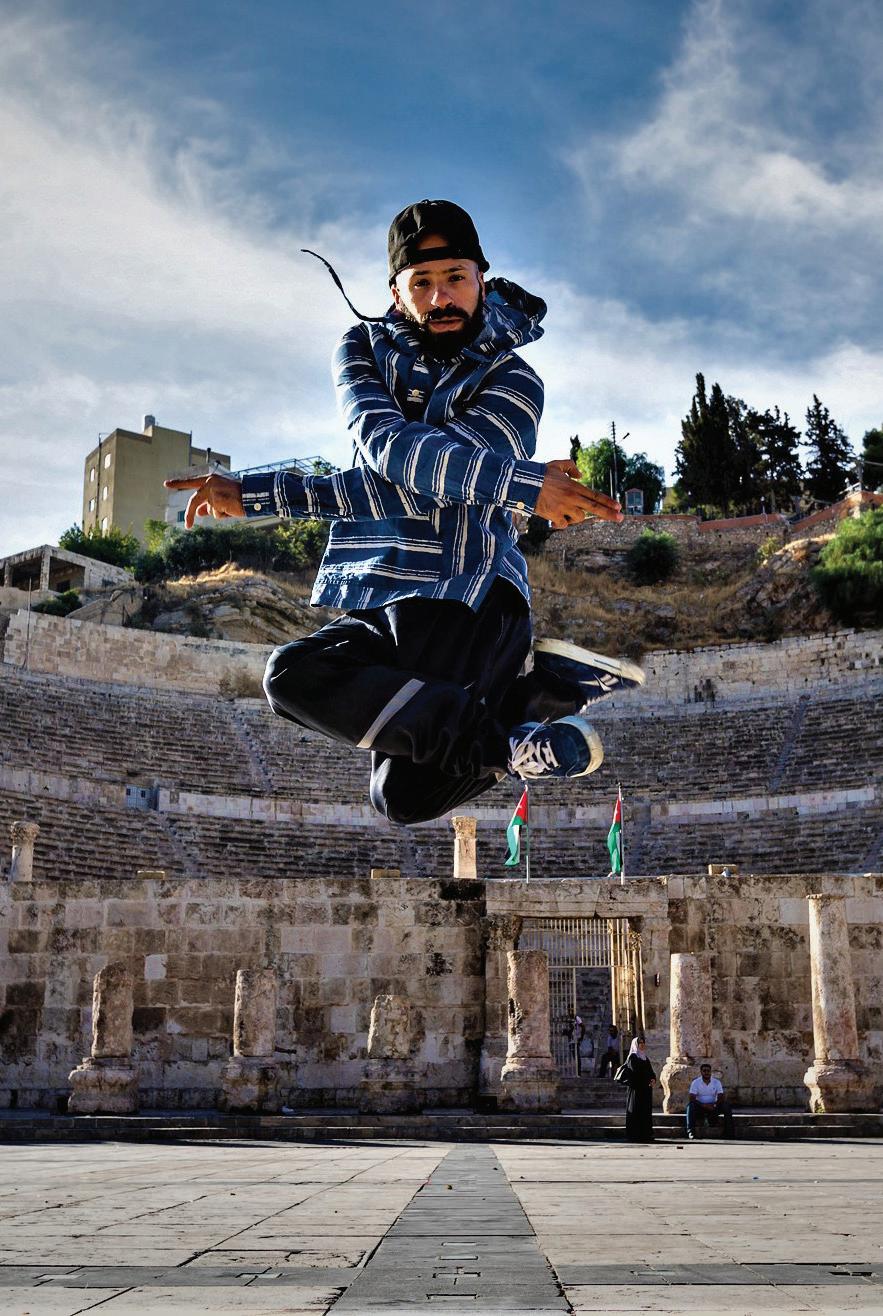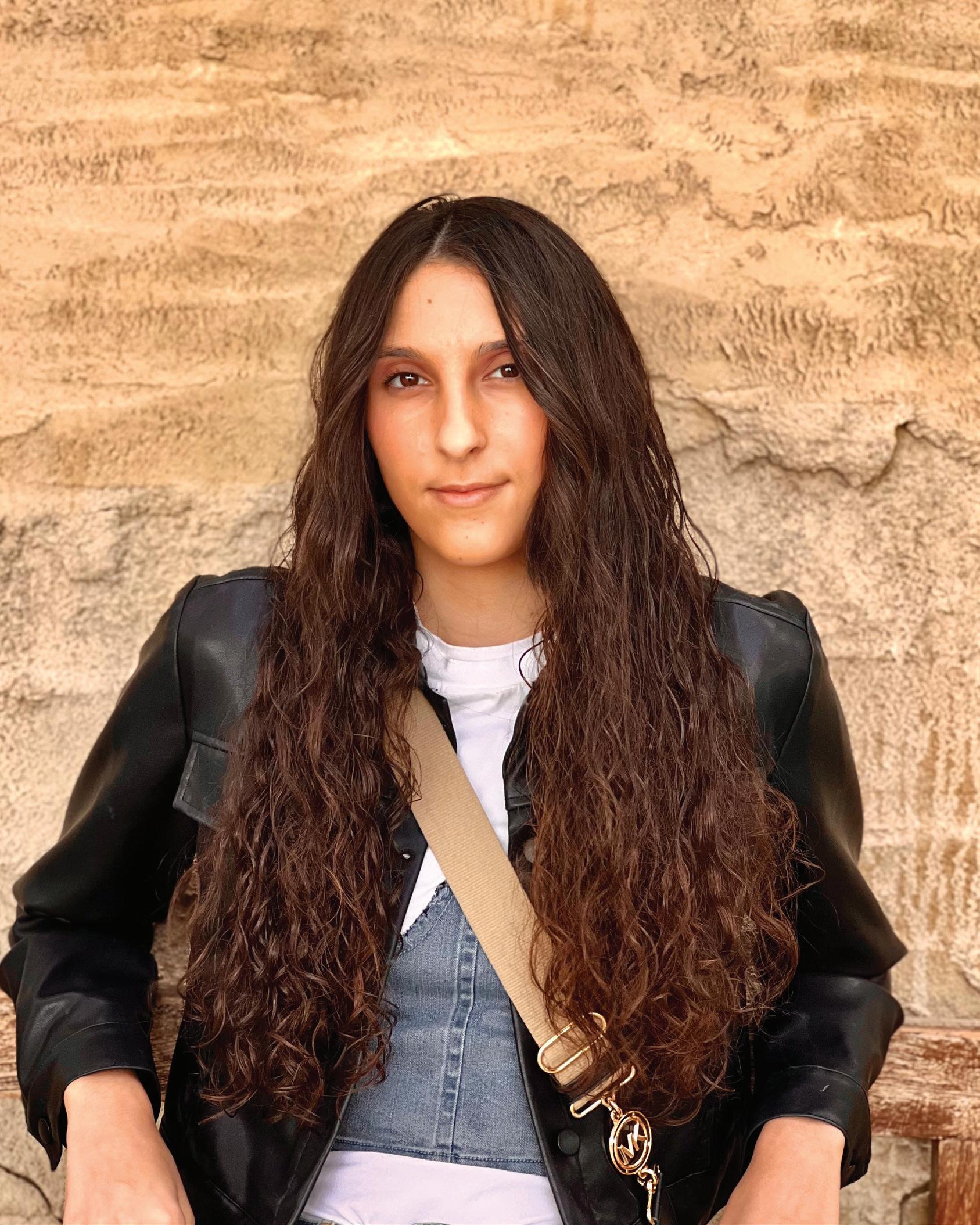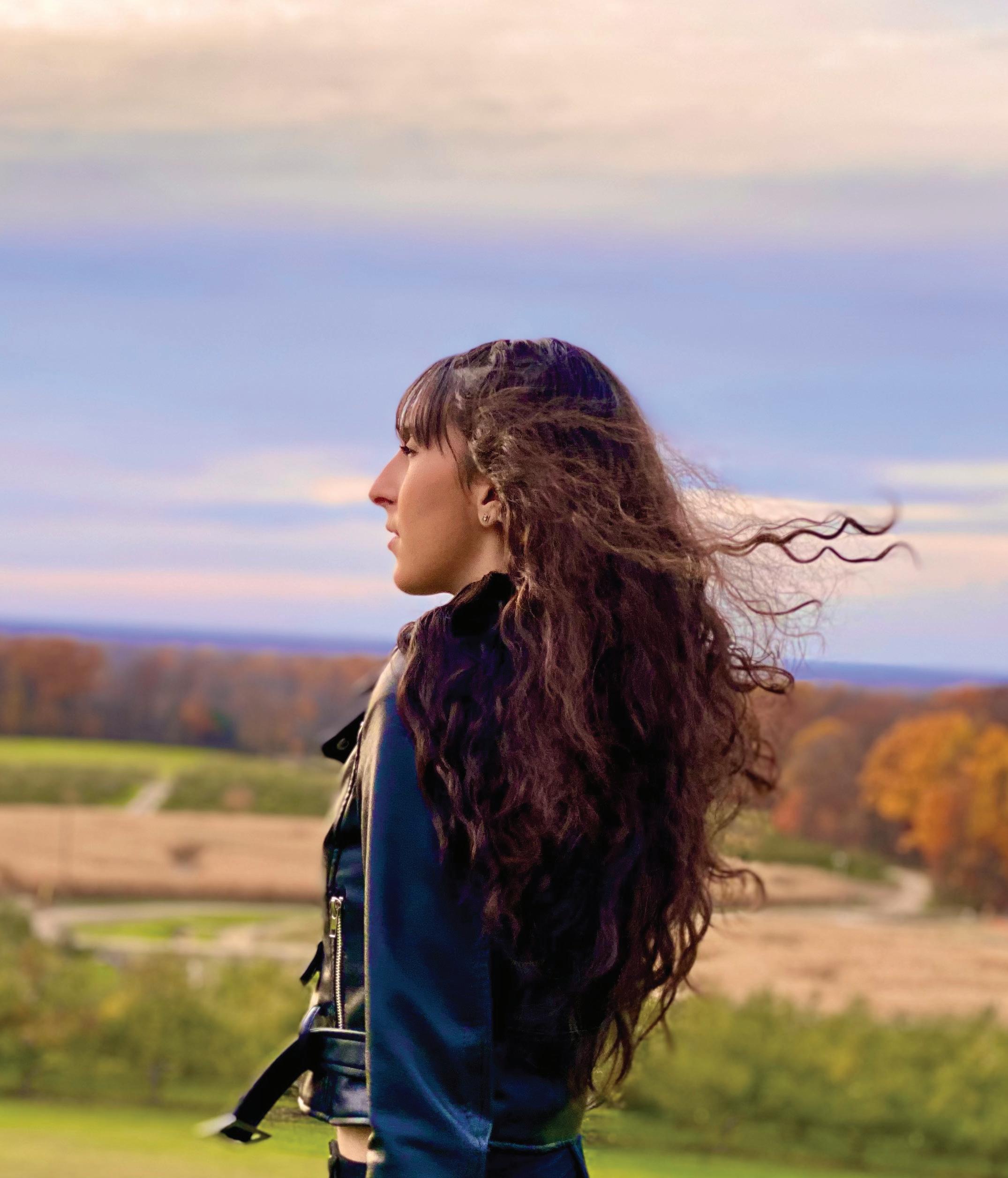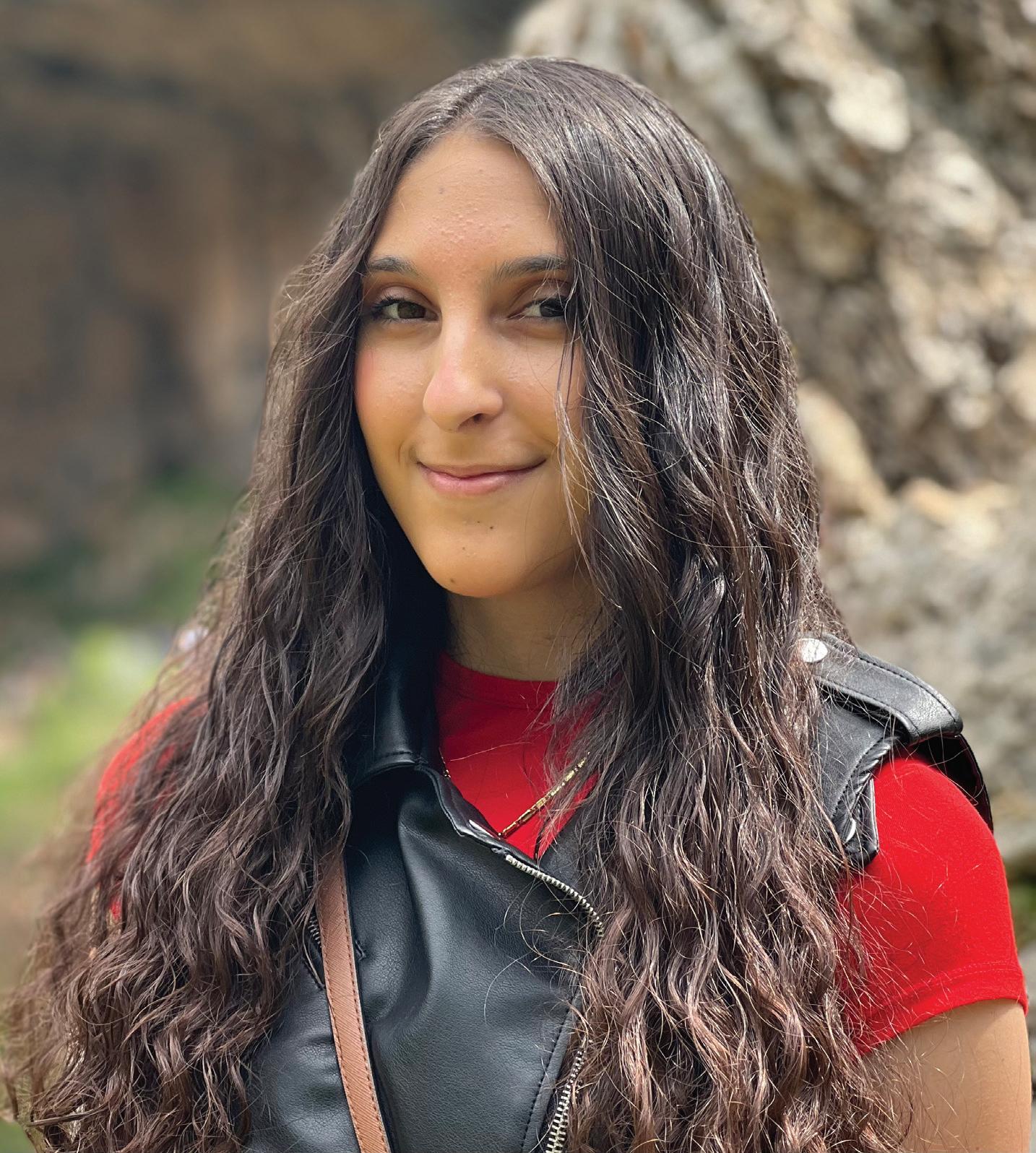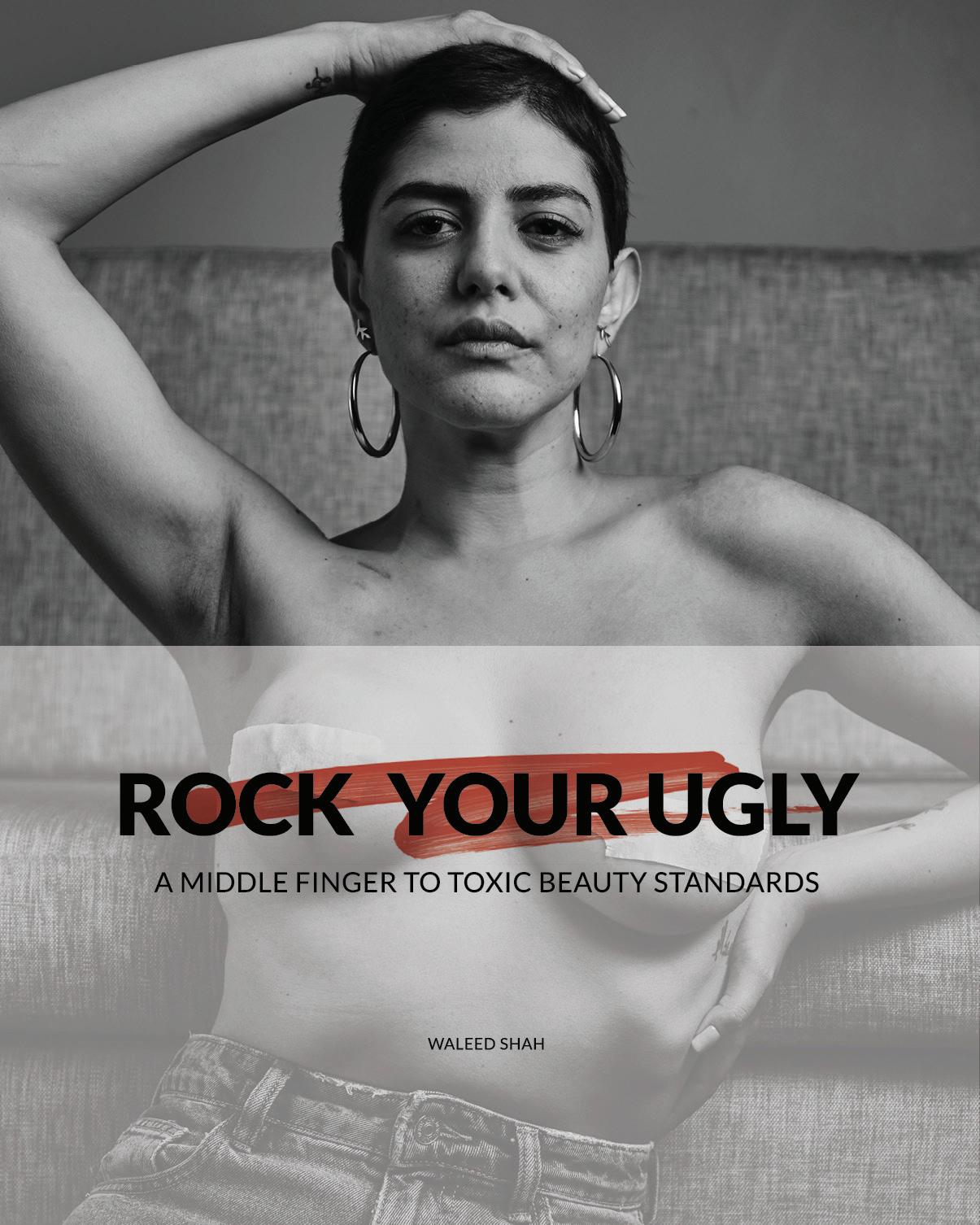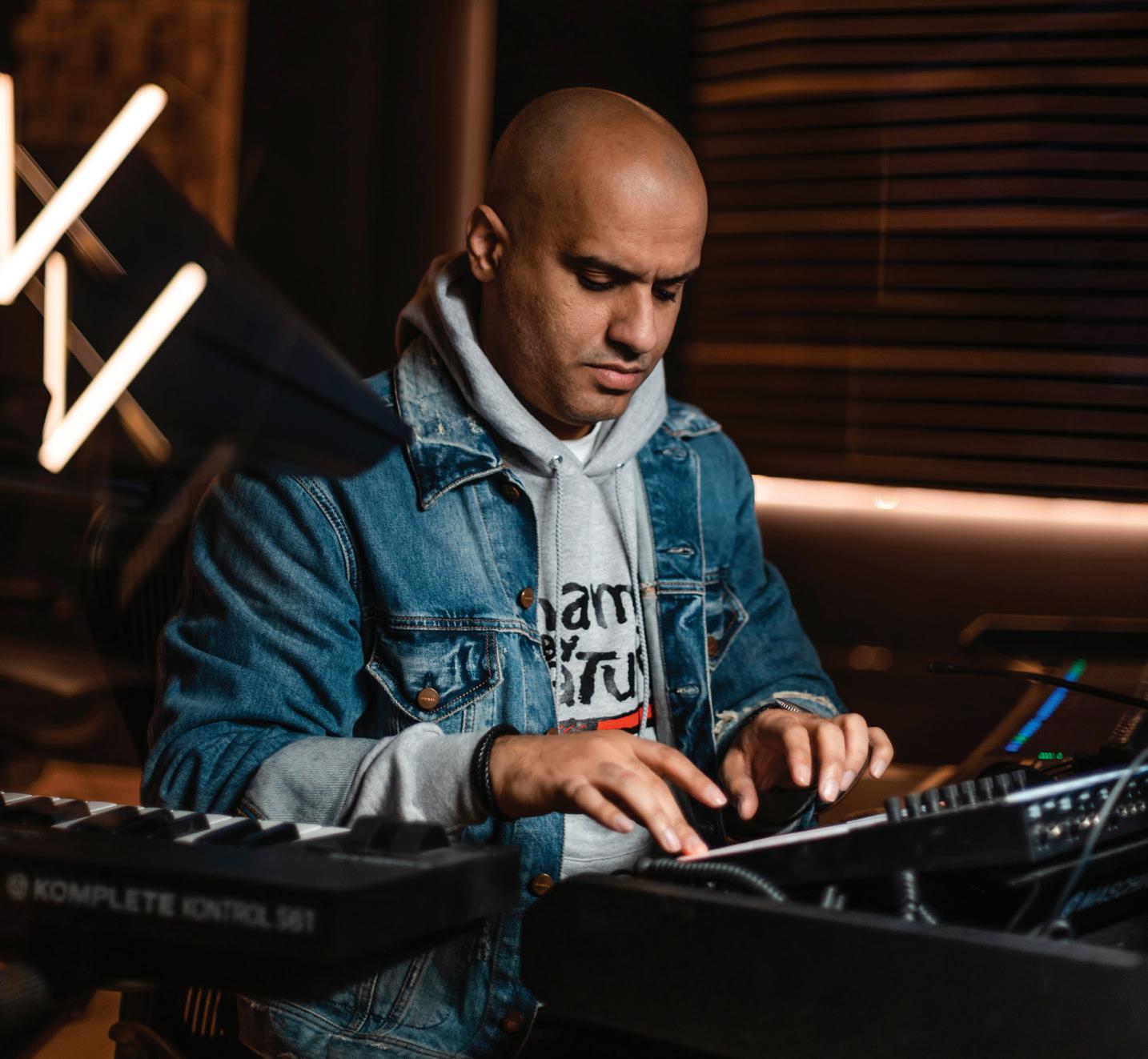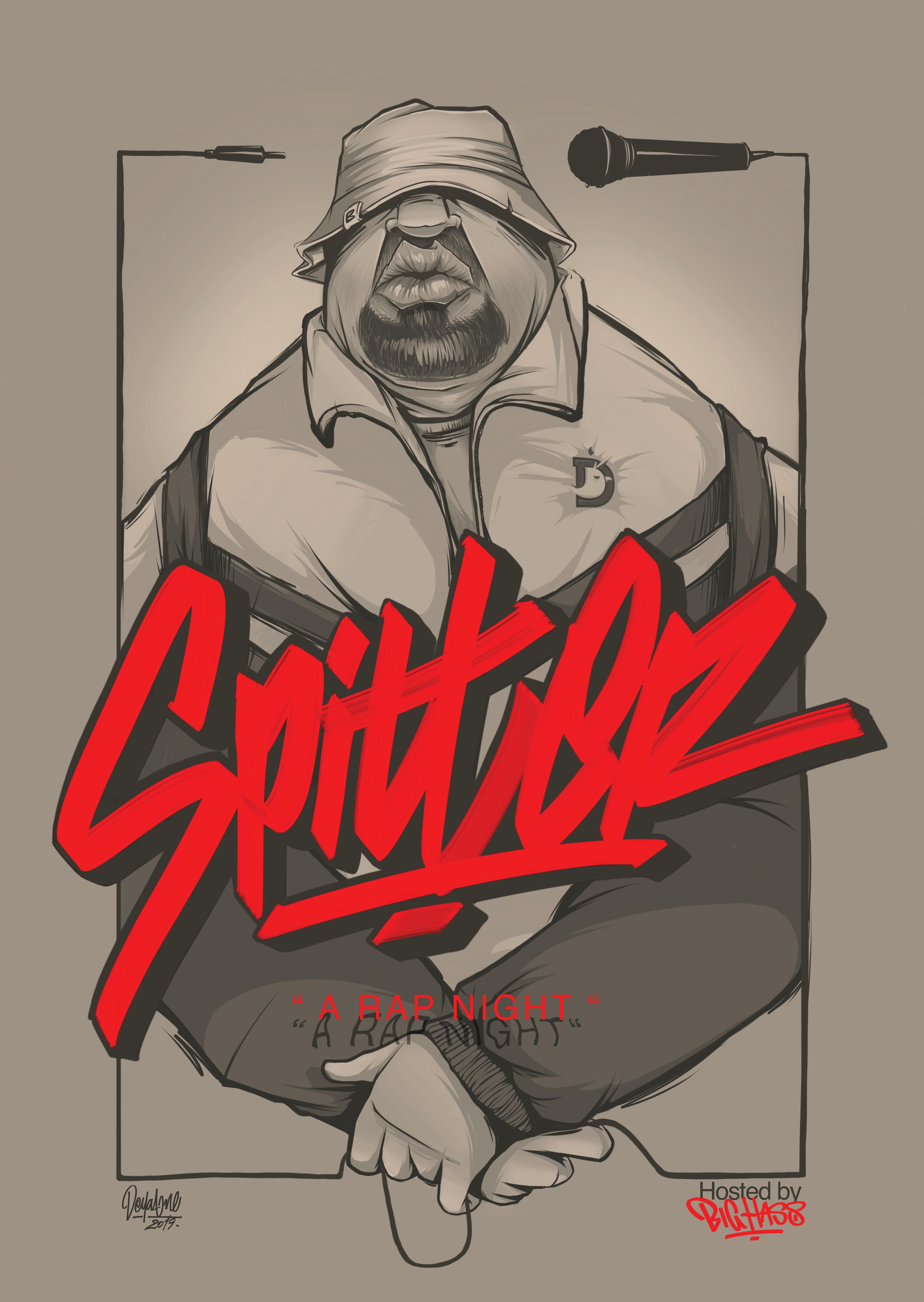SHADIA MANSOUR
You’ve been away from the spotlight for a while so we wanted to do a check-in with you first. How’s the First Lady of Arabic hip-hop doing? What is she up to?
I’ve been keeping myself busy in music production mostly. It’s been very rewarding and has put another layer of appreciation for audio engineering and production. I wouldn’t say that I have been away from the spotlight but I’ve always been a bit of an introvert when it comes to social media. It is great as a catalyst for bringing awareness, engaging with the international community etc, but I think it has also gotten people way too comfortable in the sense that it almost morphs you into a news channel to some extent and pulls you away from the original approach of what grass-root work originates from.
We first connected back in 2006/2007. When it comes to the Arabic Hip-Hop movement, a lot has changed since then. What has been the most significant change you personally witnessed when it comes to Arabic rap and the acceptance from our people for this genre?
I just remember how important it was for me to feel like there was a genre that I belonged to, something that represents me as a person who was raised on Arab identity, especially because I was not born and raised in Palestine or in an Arab community. And of course, it goes without saying but something that represented me as woman. One of the reasons I decided to wear the Palestinian thobe was to make a statement that ‘Yes! I rap, YES I sing, and YES I am a woman’, and it doesn’t matter who has a problem with it.
I am the first generation that paved the way and built up the origins of Arabic hip-hop until it became an actual category. The way that we pushed this ‘Arabic Hip-hop’ sound forward unapologetically, until people took it seriously, put some respect on it and started treating us like artists/creators was a huge milestone and significance in my opinion.
Your voice and your “musical intifada” has always highlighted the Palestinian struggle and those who are marginalized. Take us back to where it all began and why did you take on that path?
I come from a revolutionary family of intellectuals and creators. I had people that I respected a lot growing up, so this was obviously where I got some of my confidence from. I was raised to be proud about my Arab identity. I was taught to correct people if they pronounced my name wrong. I was taught to speak louder if i was being hushed or silenced.
When I first started going to protests as a kid, the primary focus and sentiment was to protest the brutal Israeli occupation, and as I got older I found myself also having to defend myself and my Arab identity as a Palestinian. Meaning that we Palestinians in the diaspora also have our story to tell. There is such a thing as being “too foreign for here and too foreign for home”, in the words of the great poet Ijeoma Umebinyuo. I say this without implying that there is equal hardship between a Palestinian living under occupation, living in “48” or a Palestinian refugee in neighbouring Arab countries. The occupation polarised, completely
dismantled and pushed the Palestinian community between a rock and a hard place. By the time I stepped into the Arabic hip-hop scene, I was already making a point that I was Arab, Palestinian and proud. The first thing I did was sing in the Arabic language, and wore a traditional thobe. I even taught myself to read and write Arabic. This was so helpful in connecting with the entire diaspora. Fighting the occupation, clapping back at the misrepresentation of my people, and liquidation of our culture and existence isn’t something we can do alone. I was going against the grain because I knew that thats where I could express myself without any outside influence or any interference.
For example, when Narcy asked me to write the hook for Hamdulilah, I wrote it with the sentiment to unify the Arab community. The word ‘hamdulilah’ is used widely around the Middle East, almost in every dialect by Muslims and Christians alike. It was the fastest hook I’d ever written, because it was for us, our community, our people, our pain our struggle and our perseverance.
Tell re-volt something not a lot of people know about you.
I’m signed to myself and I own all my masters. I also love big wolflike dogs for some reason. Tibetan Mastiffs, German Shepherds, Rottweilers, Kangals. I actually took a course on training them and I’ve owned a few over the years.
FEATURE | SHADIA MANSOUR
FIRST LADY OF ARABIC HIP-HOP
Last year, Palestine - and especially Sheikh Jarrah - gained momentum on social media. We saw the world witness and expose the atrocities happening there. What was your first reaction when things escalated to the point where everyone was talking about it and sharing the struggle? In your opinion, why did the momentum die down, although the oppression is still very much omnipresent?
What is happening to Palestinians in Jerusalem is something that affects all Palestinians. Jerusalem is historically sacred and symbolic to Palestinian Christians and Muslims, so it will always be the centre of our plight, but there is a new generation that carries the pain of their parents and grandparents and refusse to be pushed around. It made me so proud seeing the youth leading the movement in Sheikh Jarrah this time and representing the community because nobody can describe
their experience better than them, since they live in this reality. I don’t think the plight of the people in Sheikh Jarrah only represents one community but instead all Palestinians under occupation. It exposed Israel on a large scale this time. It was loud and clear. That’s the only way to be heard when you’re surrounded by the noise and distortion of an illegal apartheid machine. So I don’t think it just comes down to momentum in this case. The objective was to be heard, and to be heard and to be heard until the world listens, and it did. It was a huge milestone for the Palestinian community, so much so that the IOF was given a clear command to target and amp up attacks against journalists because Israel hugely depends on media propaganda to normalise and justify their war crimes and human rights violations. Other than the obvious illegal Israeli occupation of Palestine, there is also a huge media war that Israel and
its enablers have been waging on the Palestinian people. And the movement in Sheikh Jarrah and Silwan exposed Israel’s crimes to the world without the help of any mainstream media outlet.
It’s a fact that Israel was on the back-foot of this unconventional media war in Sheikh Jarrah and as you witnessed, the Israeli occupation army became more and more aggressive towards the Palestinian families there and journalists that were reporting the house demolitions and evictions. This really was a clear example of the reality that Palestinians face, it’s that nobody is fighting for them like they are fighting for themselves and their right to exist. That goes for Gaza also. They had to demonstrate it because they had no choice. Momentum is obviously necessary but not the objective.
As an Arab Female rapper, what has been the biggest challenge you faced during your career?
I think one of the biggest challenges was taking myself out of my comfort zone, giving up all the creature comforts of the West and actually going to work in Palestine, while regularly visiting refugee camps such as Balata (Nablus) and Dheisheh (Bethlehem) in the West Bank and learning how to work with children, especially those that live with generational trauma. I had to really be aware of the fact that I wasn’t just there to visit as an artist. Children look up to me and depend on me for guidance and inspiration. The challenge was getting through to these kids, empowering them and creating a community for them where they can be themselves. This was a humbling experience in my opinion. It helped me grow as an artist and human. You don’t take your ego with you to a refugee camp. You take patience and humility.

FEATURE | SHADIA MANSOUR
Photography by Monifa Skerrit-Perry
You are known for being fierce and strong. What are the times where you feel more vulnerable and less inspired to fight back?
I wouldn’t say I have felt vulnerable but maybe powerless at times. Sometimes, no matter what we do in the international community, no matter how many protests, how much we speak up and speak out against the brutal apartheid system, Palestinians in the West Bank and Gaza will still suffer.
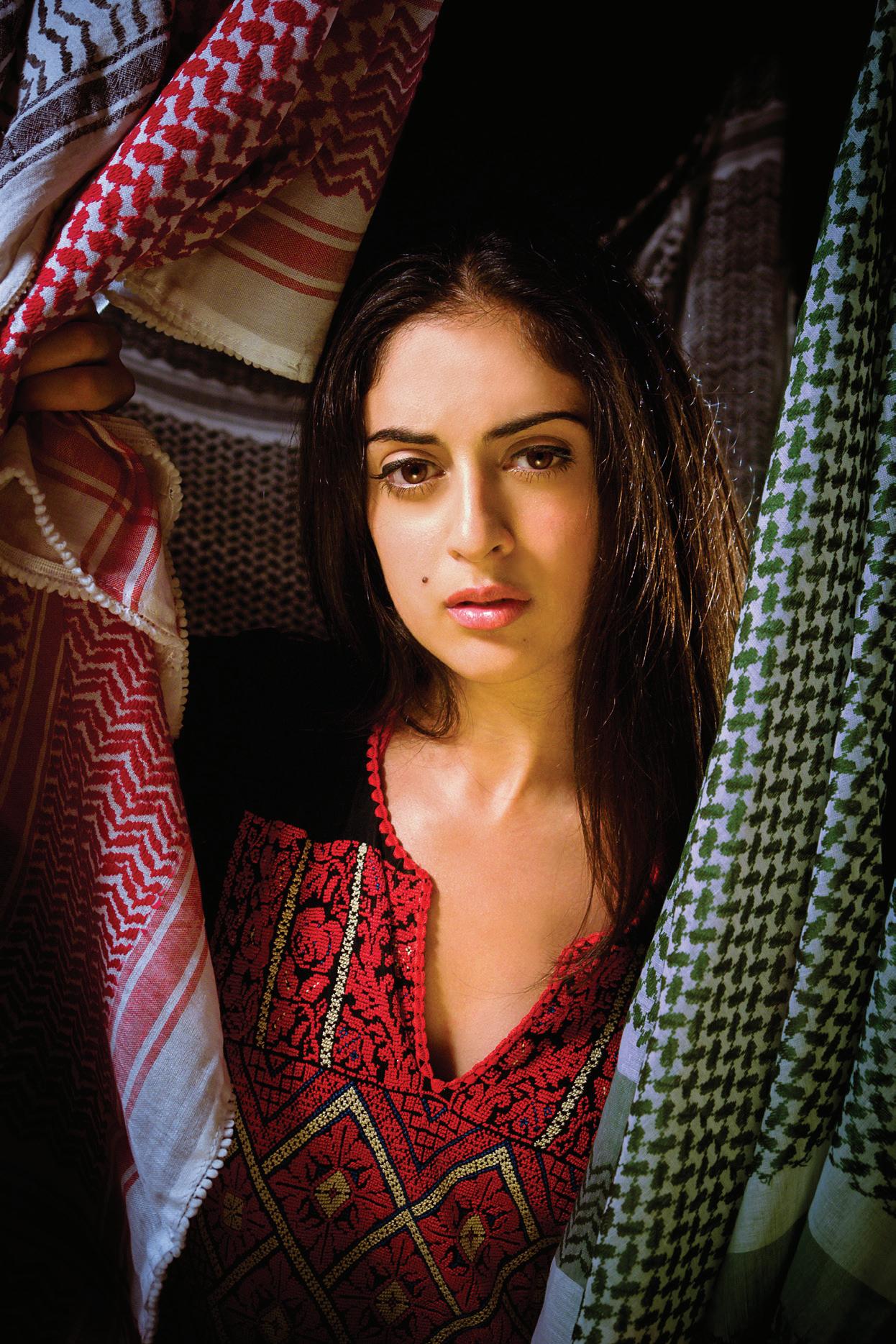
In an interview with re-volt back in 2011, you said “I believe every woman is subconsciously an MC and/or an activist. We are just diverse in expression.”
How important is it to ensure a safe space for Arab female rappers to express themselves? Also, what does the complexity of women add to the playing field of Arabic hip-hop?
I think the complexity and expression of women in hip-hop is a testament to portraying a wholesome and true depiction and representation of Arab society. You can’t have a hiphop genre that is only dominated by men, that’s not what Hip-hop originates from. Sure the female rappers or MC’s were outnumbered by the men but they were never silenced or excluded from creating, until corporate labels emerged of course and boxed them into only one role, because creativity is the kryptonite of corporate labels. That’s how important the role of women is in Arabic hip-hop: it would not be complete without them.
Picture this! You’re performing in Palestine. What is your intro song and why?
I love performing all my songs in Palestine. It’s hard to pick a specific one. They are all inspired by the indigenous community, the history and the culture. But if I had to choose one it would be “Kollon 3ndom dababaat” (“They have Tanks”).
FEATURE | SHADIA MANSOUR
Photography by Ridwan Adhami • @ridzdesign
Shadia Mansour - Al Kufiyyeh 3arabeyyeh
“However they design it Whatever color they make it The Kufeyyeh is Arabic, and it will stay Arabic”
You speak proudly of the preservation of our heritage, roots and traditions. Since music is consumed by both our ears and our eyes, artists work as much on the lyrics as on the visuals. Do you think that Arab rappers, generally, should somehow implement fragments of their origins into their music, whether in explicit and direct ways or in clever and subtle methods? Do you think it is a duty to showcase our pride in our history and culture?
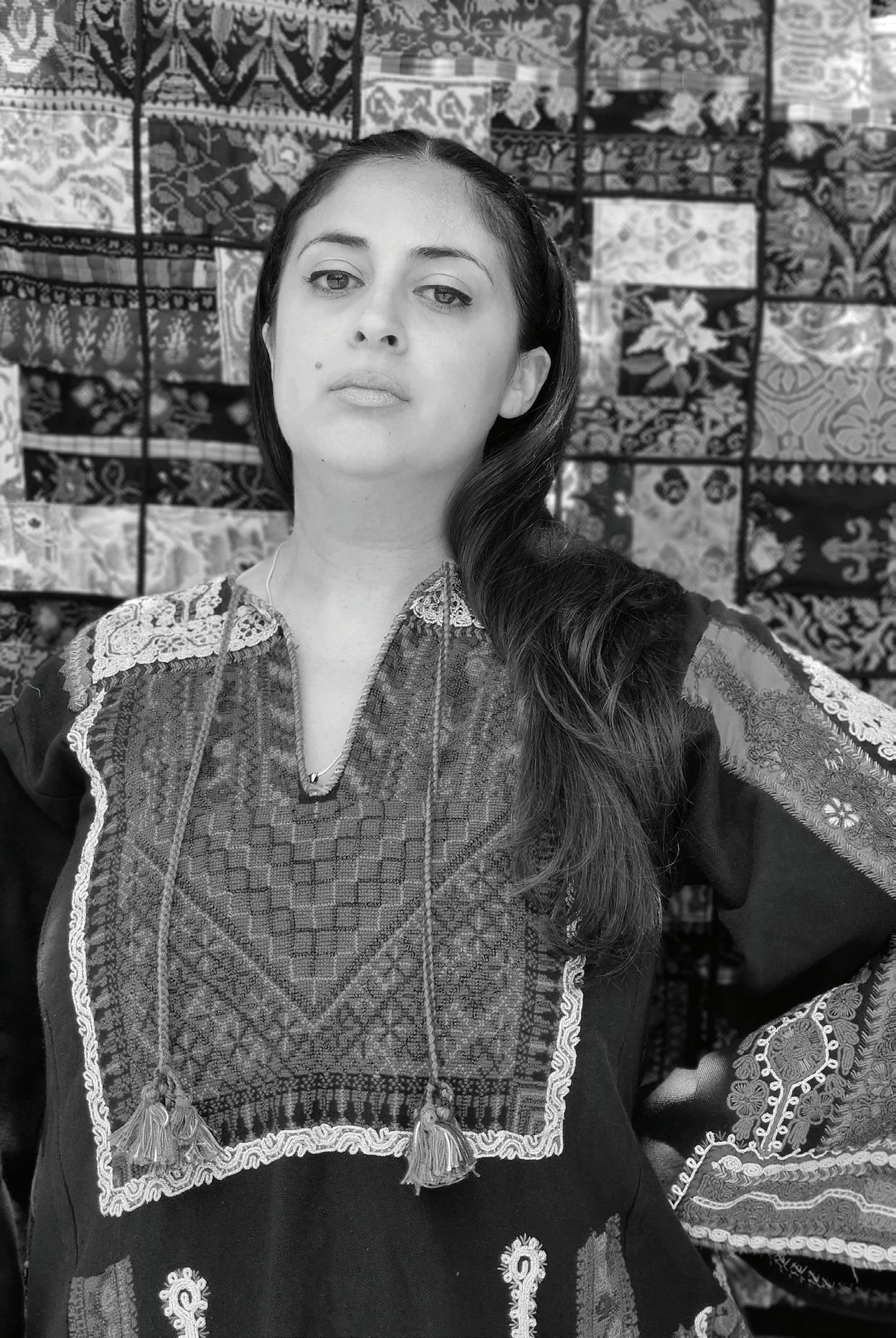
I personally don’t think it’s anyone’s business what an artist should do when it comes to their art as long as it’s not at the expense of innocent people. However, I think it’s important for any artist who truly loves the art of music to be 100% themselves. It’s a duty to yourself to keep it real and showcase your skills in the most sincere form. I had to tell my story as an Arab who had to find her Arab or Palestinian identity in the West, from the centre of the empire. And in the process of that journey, I discovered that our voice is synonymous with the Palestinian experience no matter where we are in the world and that we need to tell our story and be heard so that all the missing pieces to the puzzle are there in order to complete the bigger picture of our struggle.
But I also think it’s equally as important and our duty as Arabs in hip-hop, to be loud and clear about the preservation of the roots and origins of hip-hop. We should never exclude the African diaspora community from our narrative, because they invented this form of music in the way it is now. Yes, we definitely created our own stamp but we should behave as vanguards of this beautiful culture and continue to maintain the same values that its origins stem from.
FEATURE | SHADIA MANSOUR
روــصنم ةيداــش SHADIA
Photography by Nancy Mansour
MANSOUR
Your song “Alkuffeyeh Arabeyyeh”
(The Kufiyyeh is Arab) is 11 years old and still relevant. How important is this song for you?
I felt that the kufeyeh was being bastardised. I understand people wanting to learn more about the plight of our people and I welcome that. But when I saw people including some of my fans being called “terrorists” and criminalised for simply wearing it, I was furious. Then I saw that some rogue clothing company thought it was a good idea to make a video promo for an Israeli version of the Kuffiyeh while wearing the plagiarised design and announced that they wanted to mass produce them. I put out ‘Alkuffeyeh Arabeyyeh’ after I saw that nonsense. The way I present myself in the song is exactly how I imagined the sentiment would be towards any appropriation of the Arab kuffeyeh and our culture, period. This is why I think the song is always going to be relevant, because it is a response to any corporation and coloniser or colonialist sympathiser that tries to steal our heritage with the intention to erase us from its origins.
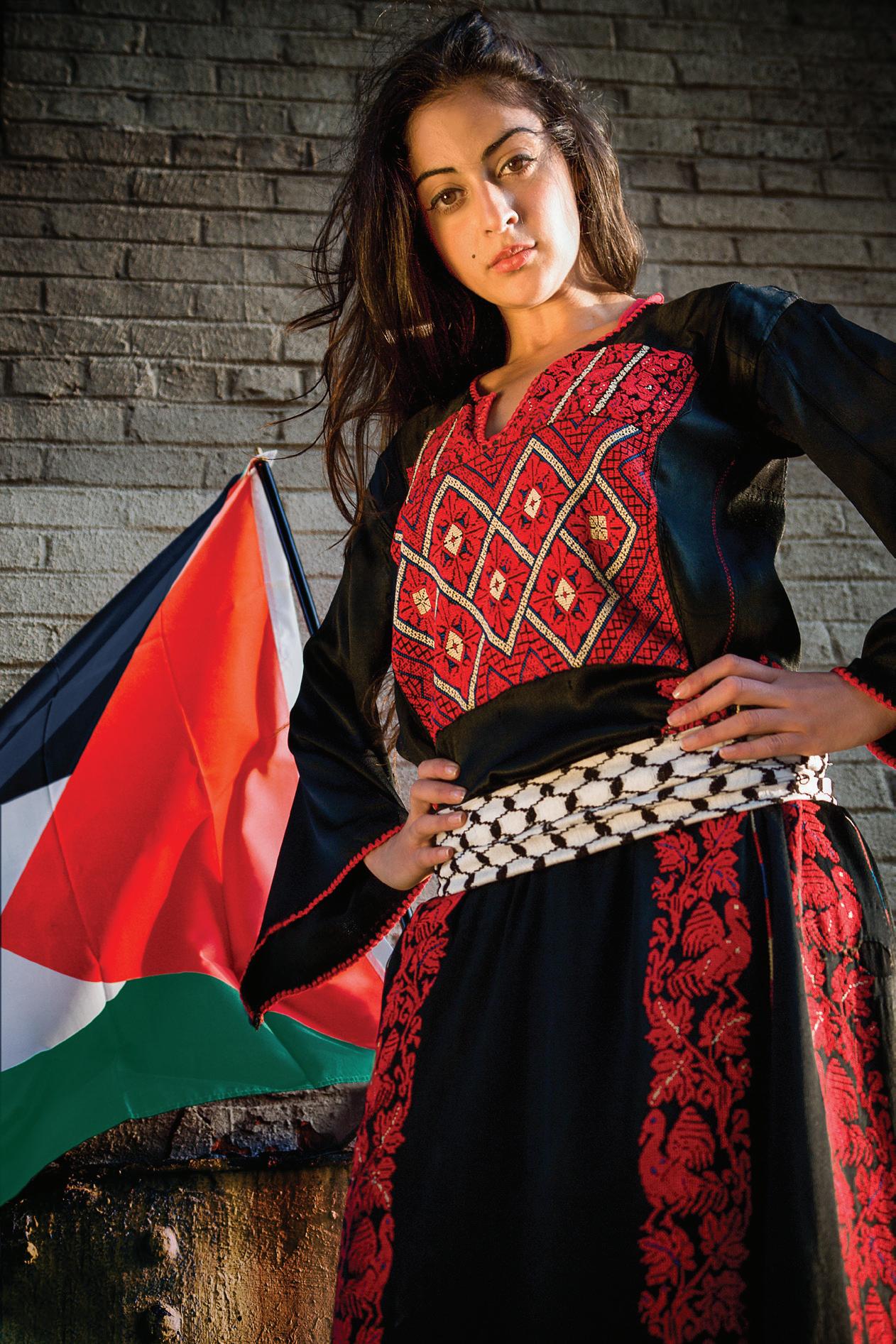

(*) “Good morning, cousins
Y’all welcome, come in
What would you like us to serve you: Arab blood or tears from our eyes?”
FEATURE | SHADIA MANSOUR
انمومع
انوفرش
مكفيضنا اوبحتب وش "انويع نم عومد لاو يبرع مد
Photography by Ridwan Adhami • @ridzdesign
دلاوأ اي ريخلا حابص"
اولضفت
Shadia Mansour - Al Kufiyyeh 3arabeyyeh (*)
 Design by Qasim Arif aka @illmco
Design by Qasim Arif aka @illmco
SPOT THIS! QASIM ARIF
He makes artworks with his contemporary approach of calligraphy and typography influenced by classical Arabic scripts and Graffiti/Street Art.
Discover the art of Palestinian Ceramics
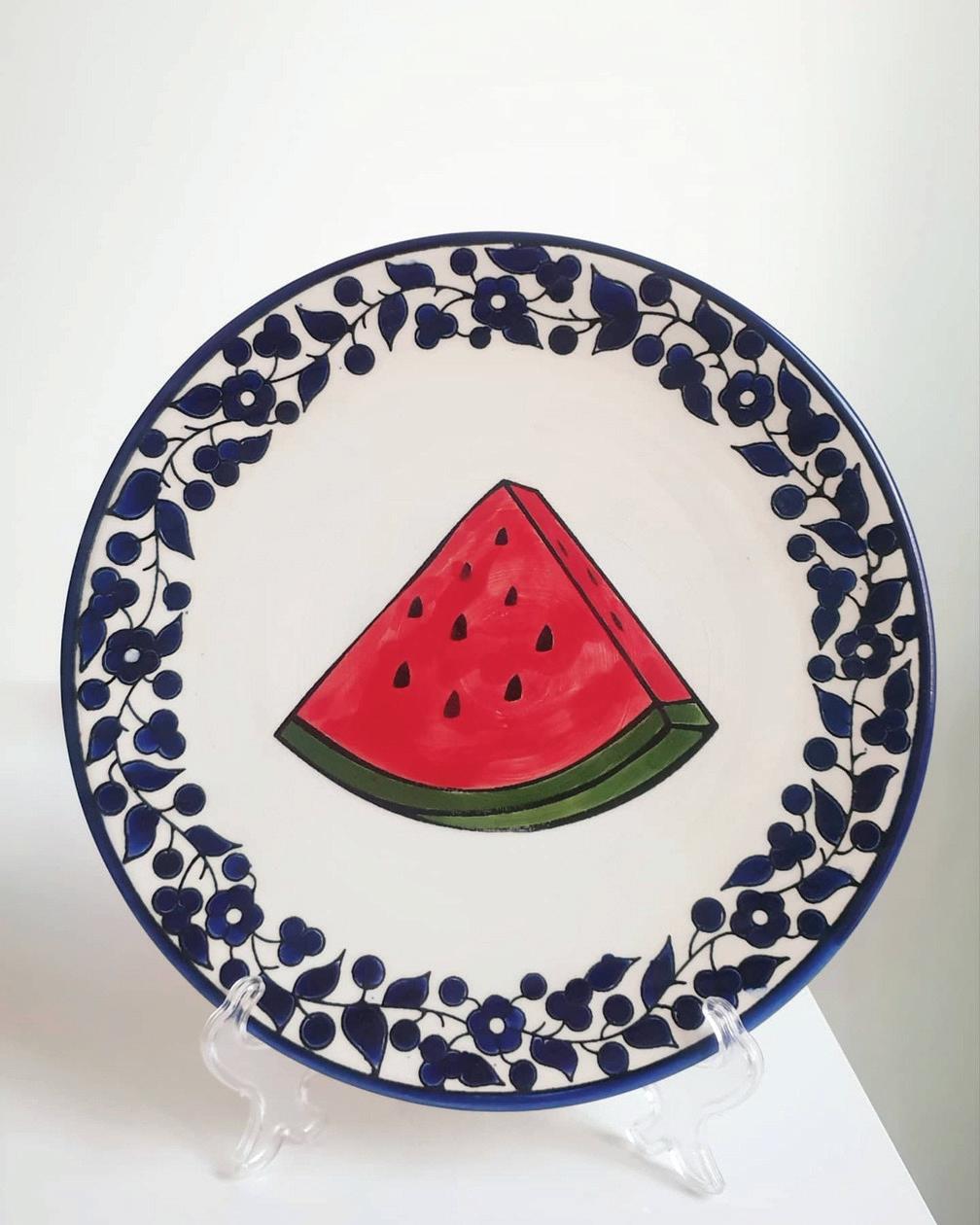


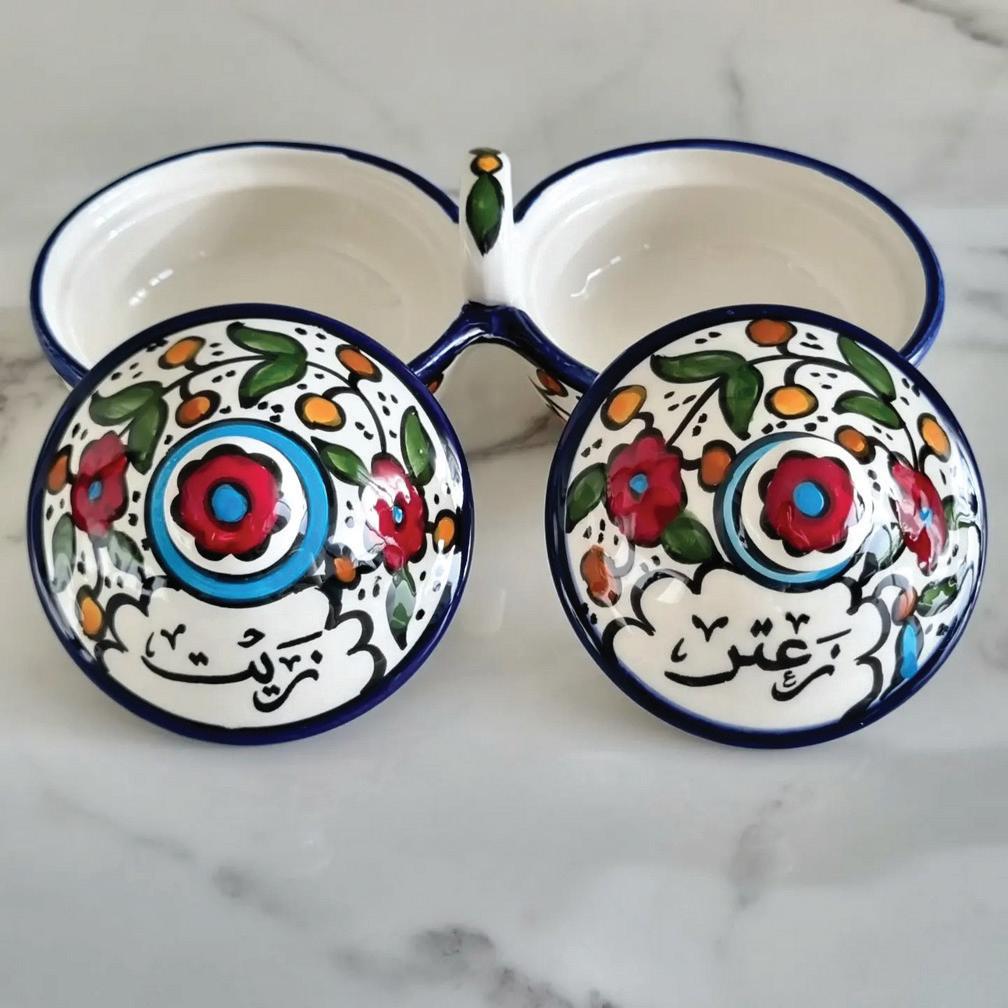
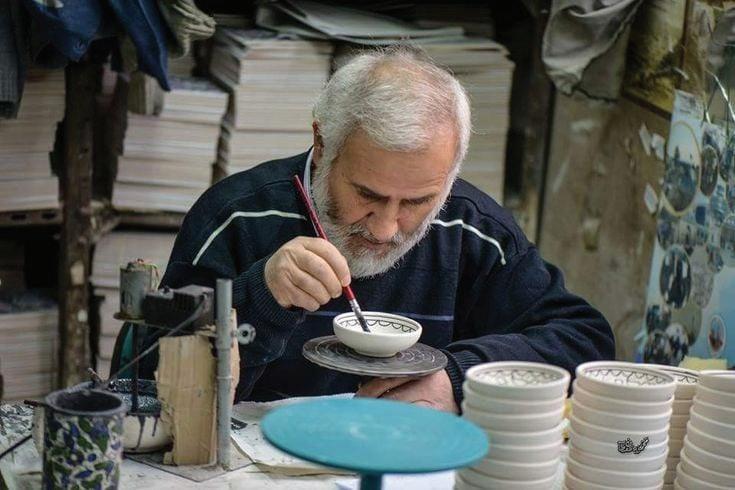
@ Fyrouzi

Fyrouzi, which means turquoise in Arabic, represents one of the colors found in the captivating art of Palestinian Handmade Ceramics. Our mission is to showcase the rich history, and beauty of the Palestinian Ceramics; creating opportunities for disadvantaged producers, empowering women, and preserving this traditional craft that's more than 400 years old.
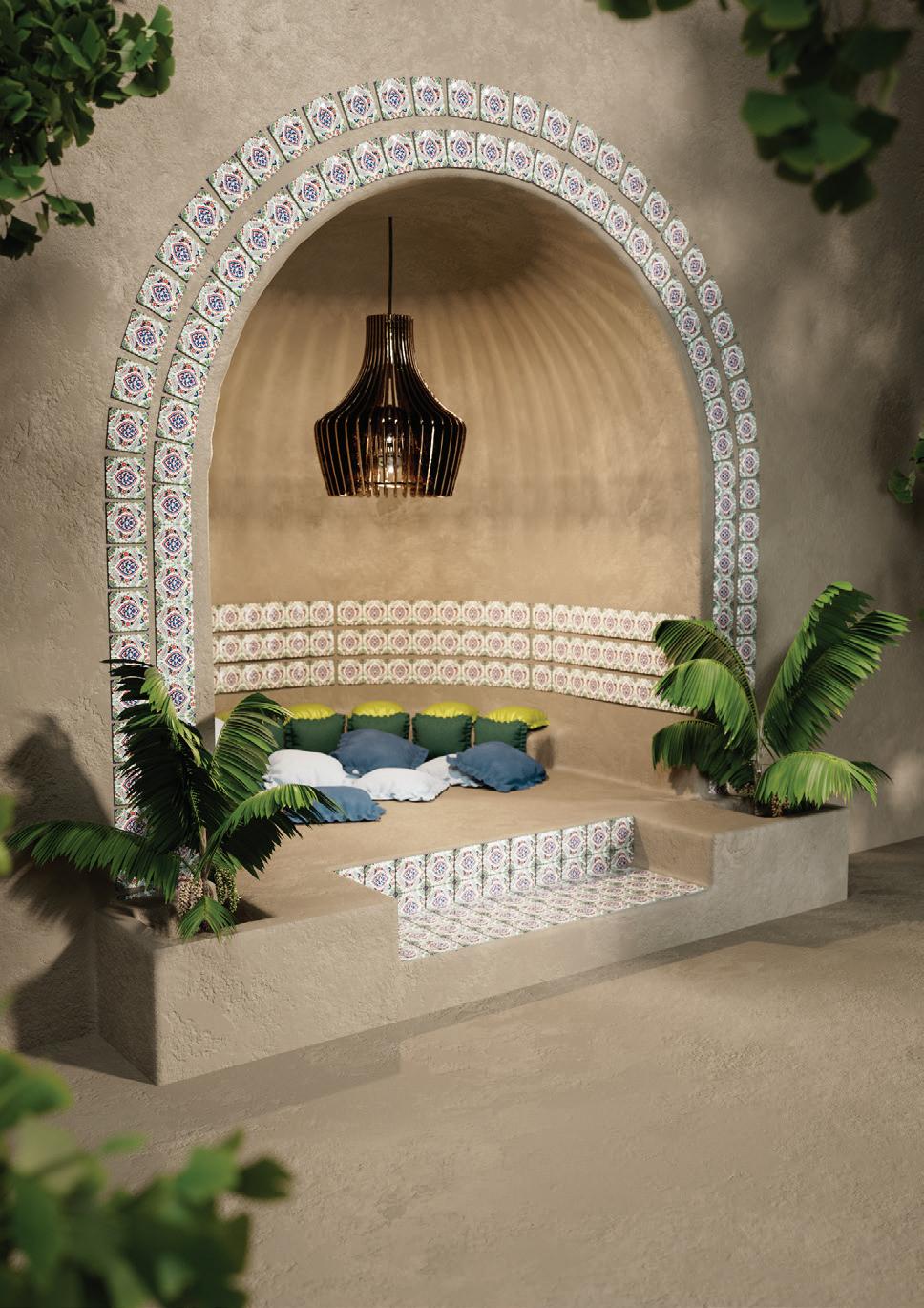

www.fyrouzi.com +971 58 882 9210
@FYROUZI
FOLLOW US
REXCHOUK: Saudi Pop Artist with an edge
Known for his eccentric illustration style, Rexchouk create bright-colored works of art that reflect the Saudi millennial experience in the Arab world and outside of it. His concealed identity adds to the mystery and the uniqueness of his art. Dubbed as the Saudi Banksy, Rexchouk leaves you intrigued, amused and sometimes confused. Trust us, that’s a good thing!

CATCHIN’ UP / REXCHOUK
Your art has always reflected a certain truth about a situation. Tell us about what sparked that interest in creating art early on?
Art is therapeutic, and that’s the main reason. I then realized Art reflects the times we live in and was intrigued by how it can impact a culture and represent a generation.
Since 2013 till now, since you started, what would you say is the biggest evolution Rex went through?
In 2020 I became a “full time” artist, this was the biggest evolution.
People are fascinated with your art! For us, you simplify and highlight truth with a twist of creativity and that’s what makes it so appealing. Take us through the early days of how Rex became a brand? What was the process?
I had a vision of what it could be and I was consistent. I think that social media played a big role in my exposure to people interested in art, to creatives and brands. I enjoy collaborating with people who inspire me and brands I like! It happened organically.
Is there a difference between the way Saudis and non-Saudis react to your art? It depends on the artwork, but in some cases yes Arabs may interpret references differently.
What has been the most challenging aspect of your artistic journey so far? Life!
What is the biggest misconception about your artwork?
To be honest I create for myself. So, people are entitled to their opinions. I don’t know if they are opinions and I don’t know if they’re even misconceptions. Big love.
The creative scene in Saudi is evolving. What can be done to evolve it even more? What is missing if anything?
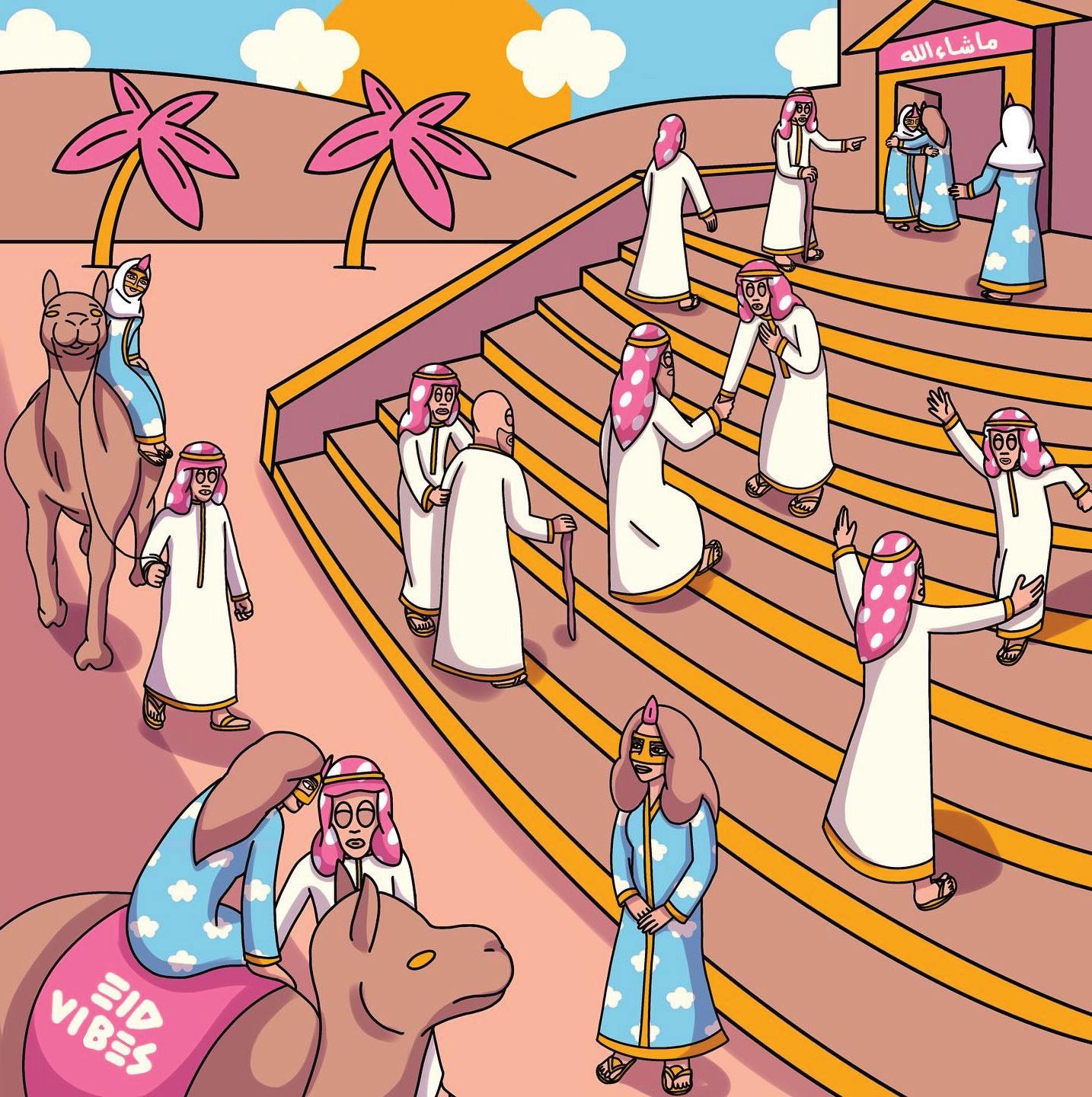
I’m proud of Saudi and how it’s inspiring so many creatives right now! Honestly, this is everything we could’ve asked for back in the day, and more! All we need is time, the future is bright inshallah.
Will you ever show your true identity publicly?
Rexchouk is a spiritual being in a parallel reality. Me personally, I’m not important.
We know you’re a fan of hip hop. What are some of the tunes you like listening to while working? You know the vibes! I enjoy my early 2000s and early 2010s playlists. #FloogCity
Some people have refered to you as “Saudi Banksy” to describe you. How do you feel about that?
I’m Saudi Champagne not Saudi Banksy #FloogCity
Your work with F1 Jeddah track, fire! How did it feel to see your work being displayed at such a big stage? Honestly, it was one of the best moments of my life! All the hard work, uncertainty, suffering. I’m proud of myself and thankful of everyone around me who contributed to my success. I never get too excited though. I try to stay balanced through the ups and downs. Much easier said than done though.
What’s your dream project to work on? Art just for me! Back to basics, canvas and whatever comes to mind.
The hardest piece of artwork you worked on and why?
In general, collaborations with international brands are challenging due to their creative limitations and policies, I enjoy it tho it brings a different outcome.
“I then realized Art reflects the times we live in and was intrigued by how it can impact a culture and represent a generation.”
What are you currently working on? I have an exciting collaboration coming up at Sole DXB! I’m also working on launching a Web3 brand and an NFT collection, Forever Yunn. A journey into the unknown, exciting!
Tell re-volt something not a lot of people know about you I’m not that interesting!
CATCHIN’ UP / REXCHOUK
are so serious Pump up your
to
if
Logic ft. Shadia Mansour - So Serious
“We
fist March
the beat
you feel me”

Tell us about Shabab !!
I’m incredibly proud to be a part of SHBB Collective. This proactive artist management company is making a significant impact by supporting artists and educating them about their rights and the best deals available. Their passion is unmatched, and I believe they have a bright future in the region. The team’s forward-thinking approach and ability to create opportunities sets them apart. They actively seek growth and success for their artists, making them a truly exceptional management company.
What was the spark for you to start music production?
To be honest, music has always held a personal significance in my life. From the moment I was introduced to it as a child, I knew it was something I couldn’t let go of. I remember receiving cassette tapes of artists like Eminem and Linkin Park back in 2005, and from that point on, music became an integral part of my daily routine. One day, while browsing SoundCloud, I stumbled upon an Arabic rap verse by chance. It was an eye-opening moment for me, discovering talented Arabic Jordanian rappers. The artist I stumbled upon was Synatpik for a verse he had in a really old track before he started to get known as an artist. I then started listening to local artist’s tracks and provide feedback on their beats which created friendships between us. I became actively involved as a listener. Their encouragement and appreciation eventually convinced me to take the leap into music production myself.
What are your main challenges as a Music Producer in Jordan?
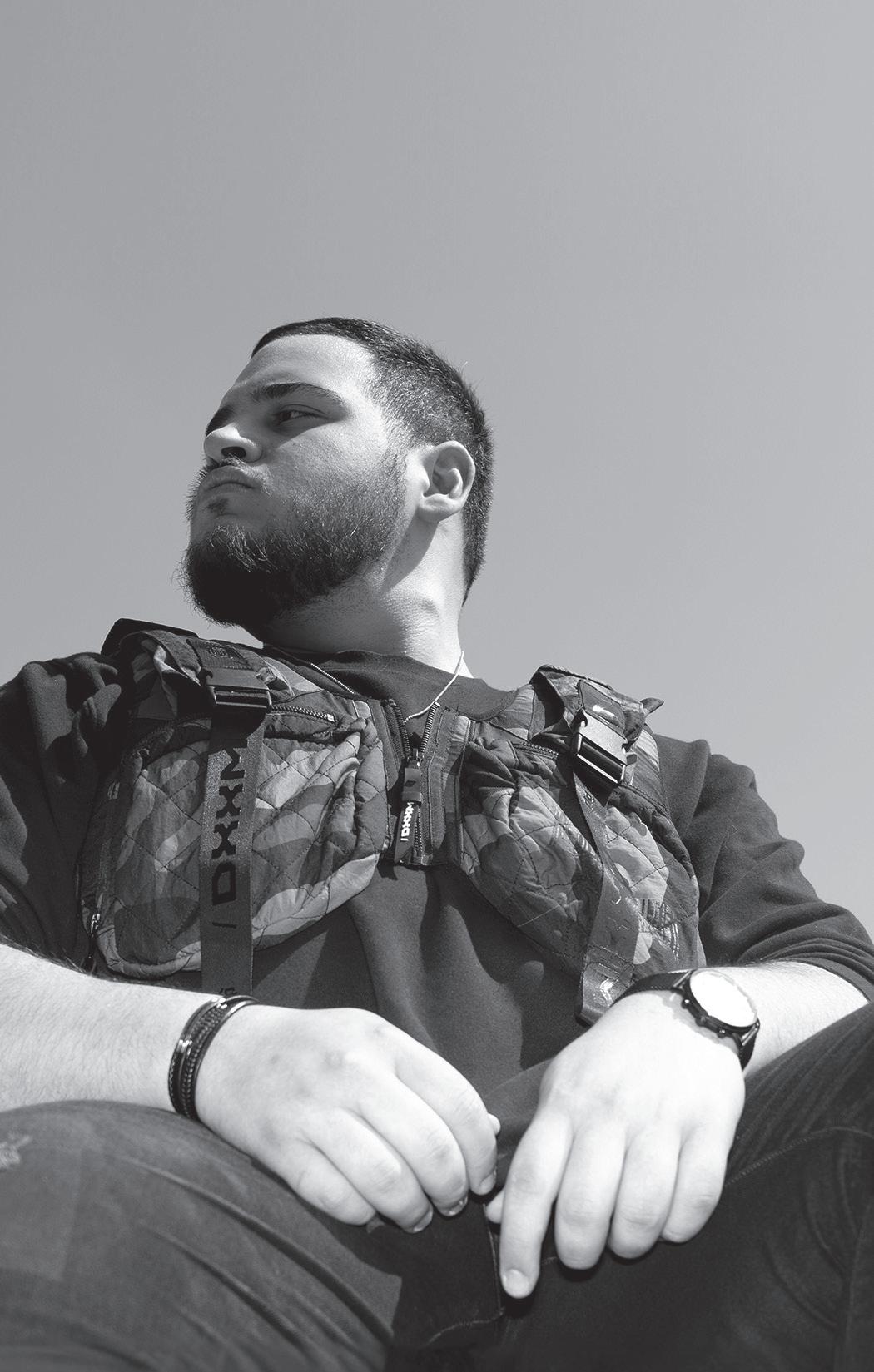
Producers, in general and particularly in the West Asian region, often face significant challenges when it comes to recognition. In the Western music industry, producers typically receive a shared split of the revenue, which provides them with a more stable income. However, in West Asia, the situation is quite different. Producers here often have to go above and beyond to earn a living since the revenue generated for artists themselves is often meager. Even if they receive a 20% share, the lack of recognition adds to the struggle.
Fortunately, the situation is gradually improving. The region is experiencing rapid growth, and as a result, professionalism and crowd etiquette within the music industry are evolving positively. This, in turn, means more support for everyone involved in the creative aspect of the industry, including producers. The growing awareness and appreciation for the vital role that producers play in shaping the music are helping to shift the dynamics and ensure that they receive the recognition and compensation they deserve.
FEATURE | MAZZ
Photography by Shurooq Kamleh
MAZZ: Just “Mazz did it!”
Shout out Jude and Bilal!
You created the beat for the “Jordan Cypher”. What role did this cypher play in Jordanian Hip-Hop (if any?)
Big Hass has been a true savior for my music passion this year. I had been feeling incredibly demotivated in making beats due to the aforementioned struggles. However, when he reached out to me, it just clicked in my mind that one of the region’s pillars and highly respected producers contacted me to make a beat for his project. It became clear that this was also the opportunity to provide the beat for Jordan’s finest artists to flow over. It was a challenge I willingly embraced.
I pushed myself to create one of the best beats I could at that time because I understood that if the beat hit the mark, everything else would fall into place. The cypher brought together numerous individuals in Jordan’s music scene, reigniting collaborations and sparking renewed interests in each other’s craft.
For me, the response I received after the cypher beat was truly overwhelming. I was bombarded with messages from both local and regional artists, urging me to start working again.
The positive feedback I received only further fueled my passion and served as a reminder of the impact that music can have on people.
In your opinion, what is the difference between a Beat Maker and a Producer?
The power of a beat maker is often underestimated, overshadowed by the role of the producer. However, it takes a lot of talent for the beat maker to receive direction for the track’s direction and constructs it accordingly as that means they have a really deep understanding to both emotional and creative connections. The producer, may not create the beats themselves but excels at bringing synergies together and planning every aspect meticulously. This collaboration between beat makers and producers is crucial in creating the best possible outcome for a track.
Who are your top 5 Music Producers of all time?
It’s always challenging to choose favorites when it comes to producers since each one brings their unique touch and inspires me in different ways. However, if I had to select a few, they would be:
Wondagurl: Her drum bounces heavily influence my style, and I admire her talent.
Pharrell Williams: A true genius whose impact in the industry speaks for itself.
RZA: Wu-Tang Forever! His artistry and contributions are legendary.
Timbaland: His drum bounces and distinctive sound set him apart, making him a major influence for myself with his timeless hits.
Slushex: He’s like a brother to me and introduced me to beat battles. Despite being younger, I’ve learned a lot from him. These producers have left a significant mark on me and continue to inspire me in my own creative journey.
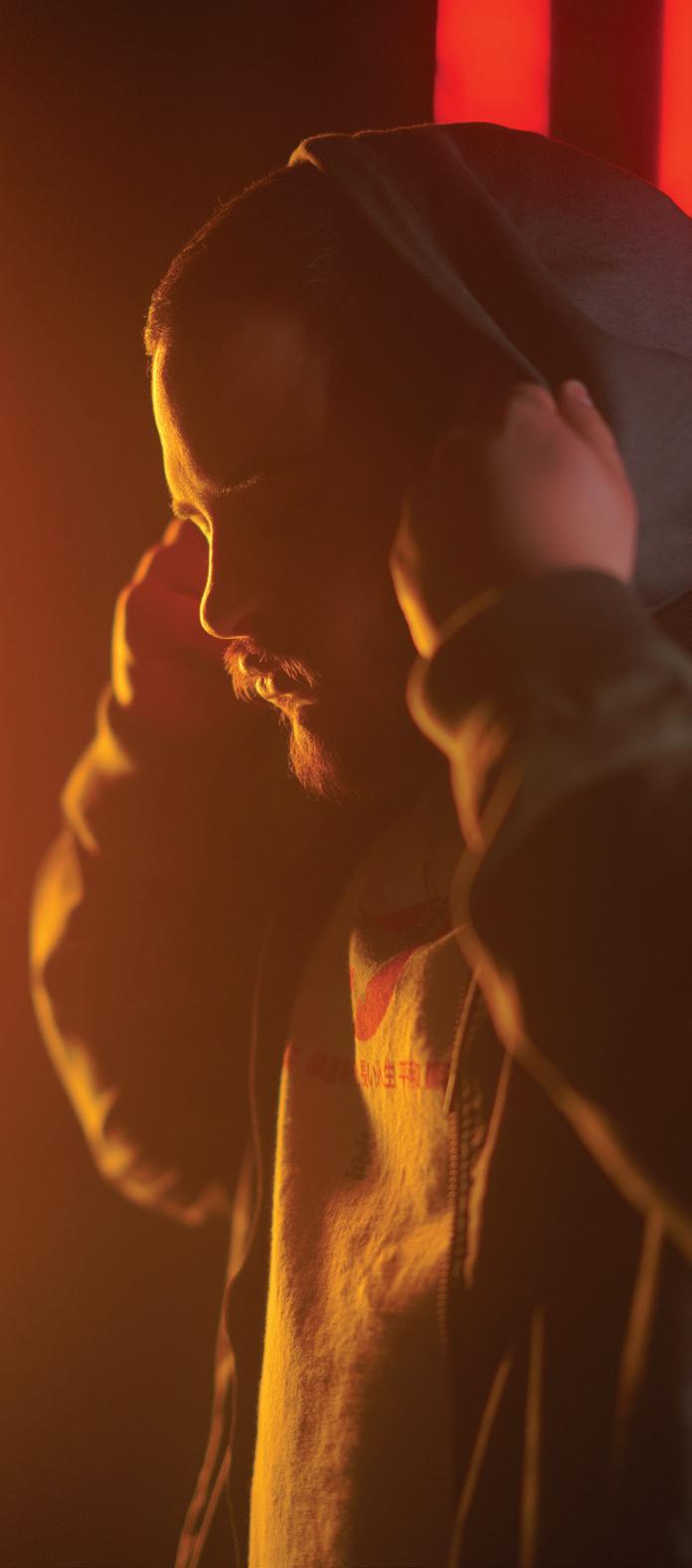
What can we expect from MAZZ in the remainder of 2023?
I’m thrilled to share that I’ve produced over 20 tracks that are about to be released this year, and I have some exciting news to announce.
In 2023, I’ll be releasing my own projects, while I’m well-known for my productions and beats, I’ve also been ghostwriting for numerous artists in the region. Now, it’s time for me to showcase my own artistry. I draw inspiration from the recent success of producers like Metro Boomin, who have achieved number one albums while primarily being known for their production work. This has motivated me to explore collaborations and expand my creative horizons. I can’t contain my excitement to share these upcoming projects with everyone. Stay tuned, as there’s more to come!
Tell re-volt something not a lot of people know about you
Music is a powerful therapist that holds immense capabilities beyond what people may realize. Its influence in my life has been tremendous, and I am grateful for the ways it has helped me form deep connections with the closest people in my life. The ability to express myself through music is profound. It allows me to convey emotions, thoughts, and experiences in a way that others can relate to, bridging gaps and connecting through the universal language of mankind. The transformative and therapeutic nature of music is truly awe-inspiring, and I cherish the profound impact it has had on my life.
FEATURE | MAZZ
Photography by Zied Ali
“The growing awareness and appreciation for the vital role that producers play in shaping the music are helping to shift the dynamics and ensure that they receive the recognition and compensation they deserve.”

What got you in DJ-ing? And do you remember the first time you scratched ?
Before I became a DJ, I was a “B-boy,” also known as a breaker or break dancer. This was back in early 2000, during my middle school years, until I got into a car accident in 2009, where I suffered injuries that affected my body, particularly my backbone. This made me stop dancing. In 2001, I watched the first-ever BOTY “Battle Of The Year,” which is an annual competition between the best break dancers. I used to hear music that was very different from the music we used to dance to in Saudi Arabia, so I went online to learn more about it. In 2006, I came across the websites www.breakboy.net and www.bboyworld.com, which provided me with a wealth of knowledge and they introduced me to some great people. After learning more about the music and the hip-hop culture, I decided to become a DJ and play the music I loved.
Since there weren’t any so-called “B-boy DJs” back then, I made the decision to become a DJ and play the music I love. The first time I scratched was at home when I was 8 years old with my father’s records.
You’re one of the very very few hip-hop DJs in saudi. What was the spark that made you love hip-hop?
The lifestyle, the music, the art of digging and the culture
Tell us about your involvement with Zulu Nation?
I remember recording a mix in 2009 and sending it to DJ Lobito, who kept asking me if I was really living in Saudi Arabia or not. Some of the songs he heard in that mix were hard to find: we used to call them “rare” songs. We kept on chatting via Hotmail MSN at the time. Since I was a B-boy, I was bound to be familiar with the Zulu Nation. In July 2009, I noticed a photo of Lobito with Afrika Bambaataa, who is credited with helping to establish both hip-hop and the Zulu Nation. I asked Lobito about the photo, and he revealed that he is the king of the Middle East chapter of the Zulu Nation I was surprised. Over time, we shared songs, and he eventually became interested. Lobito asked me to join the Zulu Nation Middle East Chapter in 2010. This was undoubtedly a tremendous chance for me, as it would increase my global connections and knowledge. Lobito actually gave me the go-ahead to establish the Zulu Nation Saudi Arabia Chapter, and I’m seeking those who are suitable with the proper skills to make it happen.
Why don’t we see more Arab hip-hop DJs?
There are many skilled Arab hip-hop DJs, but they are more interested in other genres of music, as well as the desire for money, than the culture itself.
The state of the art of scratching , what are your thoughts about it in the Arab region?
In my perspective, DJs still need to pay more attention to it. As the saying goes in hip-hop, “what is the dj if he can’t scratch, and what is the bboy if he can’t dance?”
DJs must at least learn the fundamental scratches.
There are few Arab DJs that are truly world-class, such as DJ Michelle, who is ranked 14 out of 85 in the DMC globe and is only 11 years old! Many DJs have the potential to be great, but it will undoubtedly require a lot of effort.
What has been the most challenging step in your journey so far?
Learning various techniques, since I began learning everything by myself. Even buying records and digging through crates. That was back then, now everything is available and easy to obtain.
Your thoughts on Saudi hip-hop? Who do you listen to?
It’s growing and developing quickly, and we’ll be on the map very soon, putting our own stamp on it. Some of my favorite rappers in Saudi Arabia: Klash, Slow Moe, Al Young, Rander, Blvxb, Shiboba, Joker Jr, Dr Slim, Khalz, Lil Eazy and Dafencii. These rappers changed the hip-hop game in KSA.
What is the highlight of your DJ career since 2009 till now? And why?
Influenced many individuals to listen to vinyl records. Vinyl records have higher quality than mp3, mp4, etc...
What’s your favorite record to scratch on? Practice Yo! cuts
Tell re-volt something not a lot of people know about you I recorded approximately 50-60 out of 120+ mixes using only my laptop. All of the scratches and cuts done manually using the mouse and keyboard, that was all before I bought my first DJ gear. From 2009-2012, no one outside of Saudi Arabia knows how I looked. DJ Lobito was the person behind my decision to show off my face and get recognition.

CATCHIN’ UP / DJ K-BREAK
DJ K-BREAK: From breaker to DJ
Photography by @mb.lenz

Michel Azar: Beauty in simple lines
Lebanese digital illustrator and typographer Michel Azar pours his creativity into aesthetic design and minimalism. Simple lines and vibrant colors, his work captures the beautiful heritage and breathtaking architectural landmarks of Lebanon in a modern and minimalistic way that touches the heart. He has also depicted many famous landmarks from the Arab region like Palestine and Saudi Arabia.
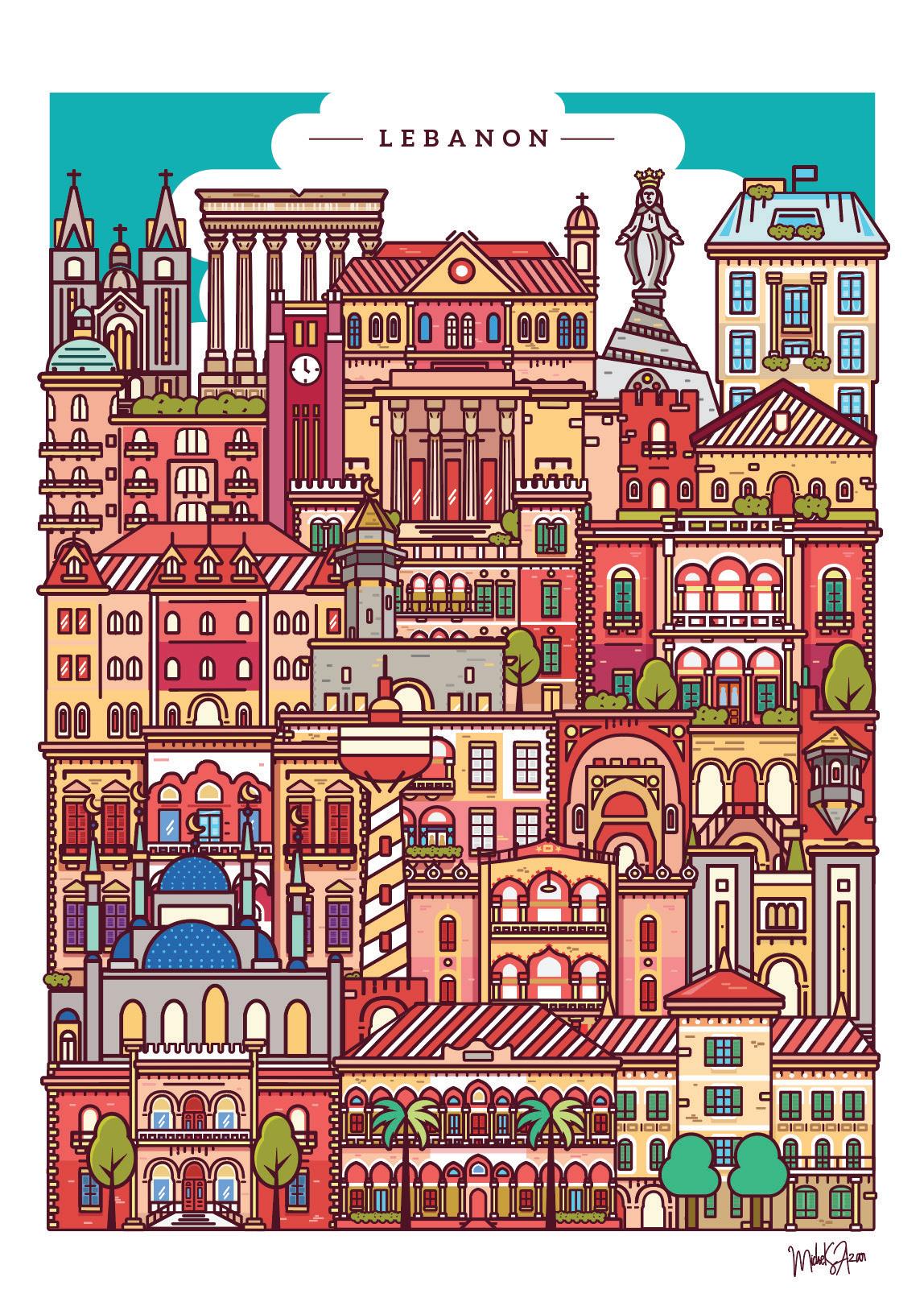
CATCHIN’ UP / MICHEL AZAR
What was the spark to start illustrating?
So here’s a story, I started doing these illustrations when I was down the most. Back in 2018, I lost my job in KSA, couldn’t find another for 7 months, then postponed my wedding. A big snowball effect you can say.
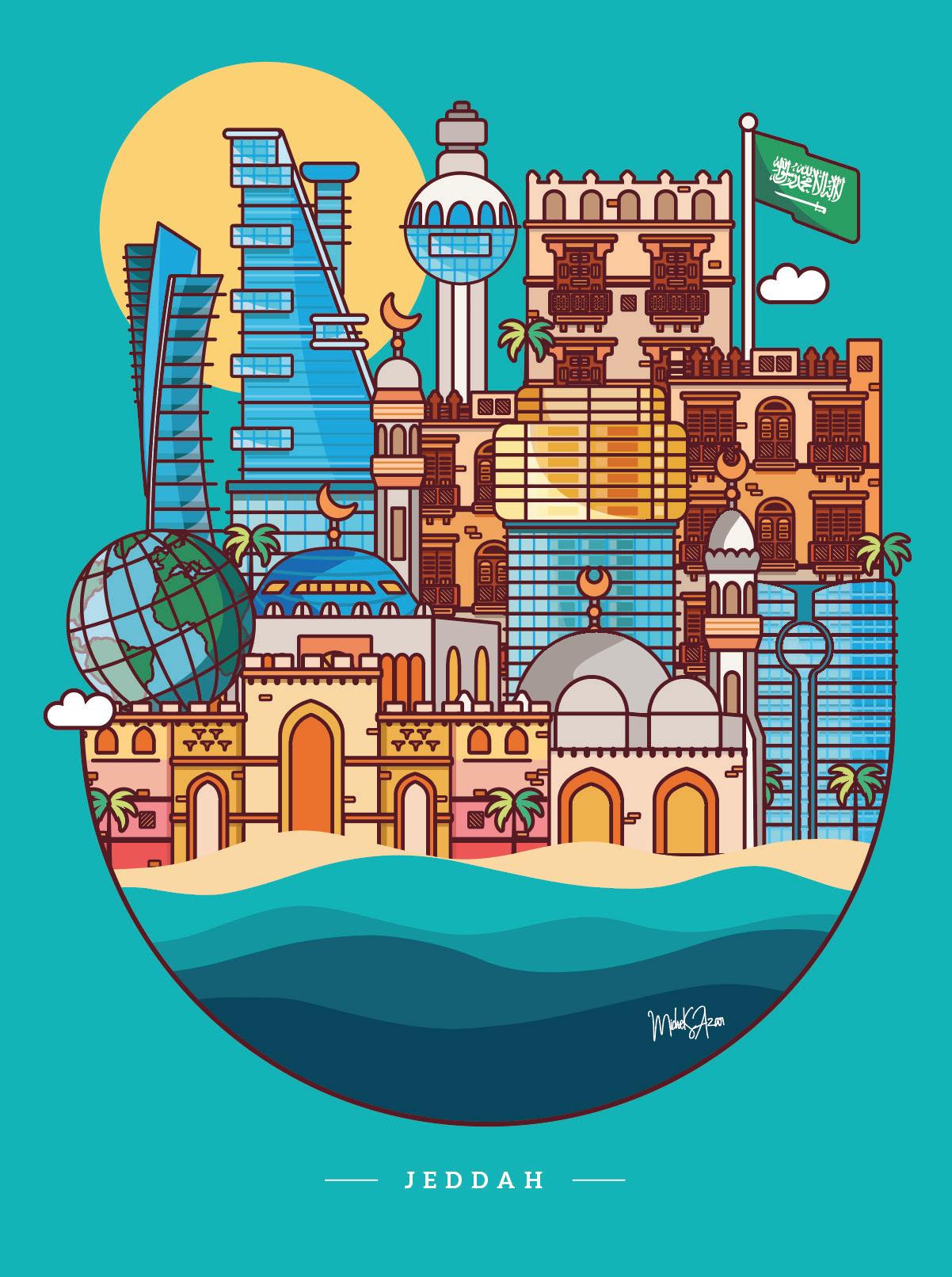
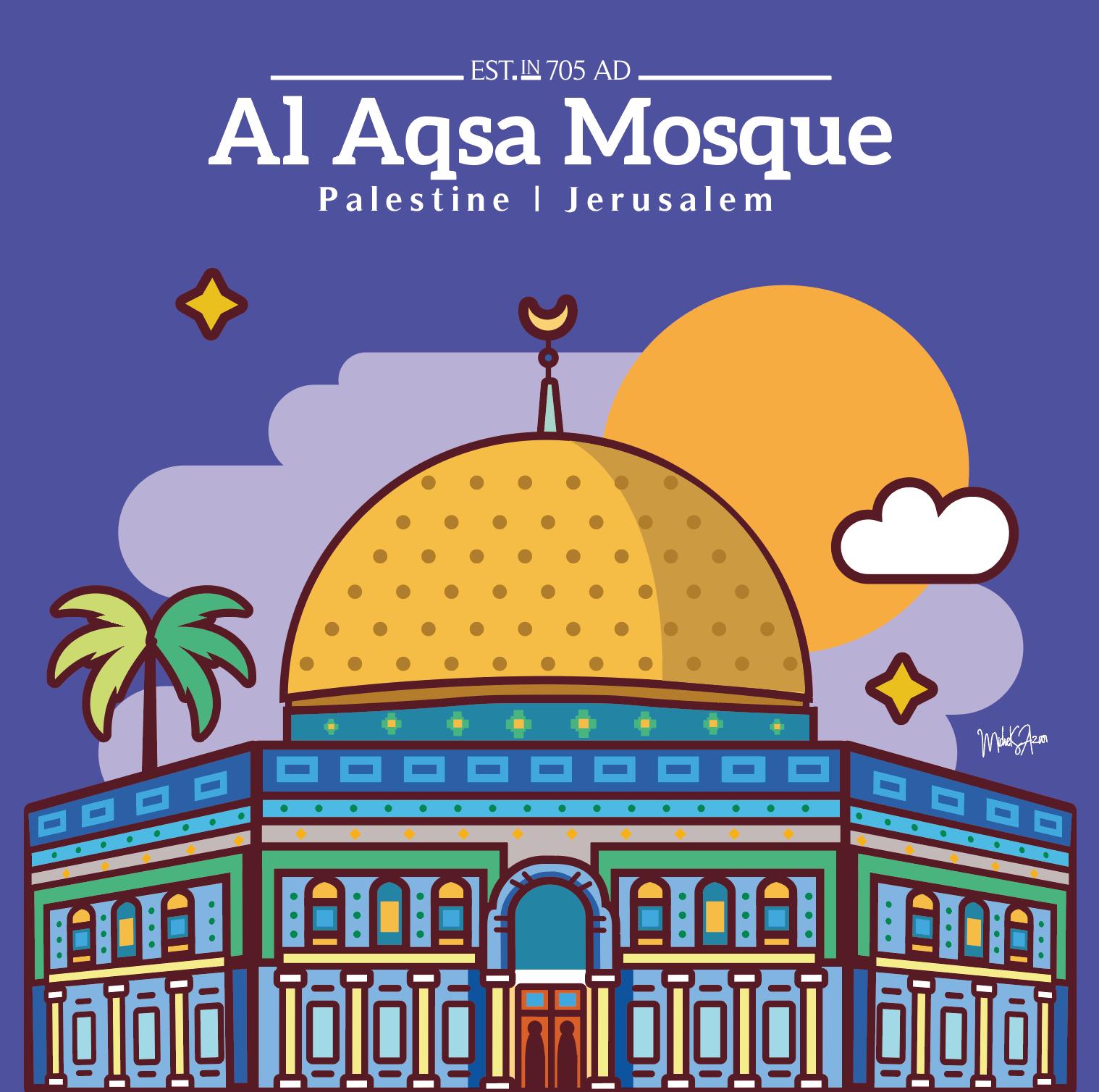
But then one day, I thought to myself, I need to overcome this situation, and do what I love the most, illustrating. That series of unfortunate events was my spark and trigger. Art was my light at the end of the tunnel, my own therapy.
Every visual artist has their own signature style. How did you develop yours?
What was it inspired by?
And who were you inspired by?
It took me some time to find my voice, my style. I experimented and got exposed to a lot of various artists.
I always made sure that whatever I do, one day I would create my own identity that will distinguish me, among others. History, heritage, and culture have always been my interests. And Lebanon is so rich with them, that’s why my country inspired me. Picasso’s cubism, Mondrian and Van Gogh have influenced me a lot, to create these pastel-ish geometrical combinations.
In these difficult times that Lebanon is going through, which artwork spoke the most to people? And which one speaks to you?
“Coffee Break” was adored by people. You would not believe the number of shares that happened once it was published. It was created right after 4th August, I just wanted to say that there are still stories to be made in Beirut. We will keep on creating new ones.
“Lebnan” means to me a lot, it was the first successful combination of buildings I designed, and it still captivates me the most.
CATCHIN’ UP / MICHEL AZAR
Do you listen to music when you’re illustrating? Give us a sample of the music and artists you listen to. It depends on my mood. Sometimes, it’s Hans Zimmer’s movie soundtracks, full of crescendos. Some other times, I play Eminem’s “Sing for the Moment”.Woodkid and Florence+The Machine are on surely on that list. Let’s not forget Gorillaz, my favorite trip-hop band! I’m in love with their discography, ex. “Stylo”, “2000”, “Feel Good Inc” and “On Melancholy Hill”.
You say that you spread “Lebanese vibes”. In what way art can help or boost people’s moral in desperate times?
Art has always been a way of expression. Art can heal you from the inside to the outside.
I am an ambassador and messenger, I want people and Lebanese to really admire the beauty, even within the mess and chaotic times. Once they see the beauty and focus on it, you will still have hope to overcome this darkness.
To be specific, Lebanon has always been under tremendous hard trials, but this too shall pass. And I’m going to make sure, I play a role.
What was the most challenging period in your art journey so far? And how did you overcome that?
For sure, it’s after 17 October 2019. Before that, people from all over the world and especially Lebanese wanted to have a piece of the Lebanon I imagined through my artworks. But then, when the economic crisis hit, it impacted me, because people couldn’t afford purchasing art. I paused the business temporarily, until I found out a way where my art could be accessible again to everyone, not a niche.
How would you say you have evolved from the day you started doing this?
Today, whenever I create an artwork, I always ask myself if it has storytelling, if it’s meaningful and insightful. I always make sure that whenever somebody pauses in front my art, there is a nice visceral feeling that happens instantly.
In our Arab region, can you name few illustrators that you personally love and respect their work.
Kristyan Sarkis’s modern twist on calligraphy is something that I really respect.The Art of Boo’s simple minimalistic and satirical drawings make me happy.
What was the weirdest or most random work request you ever received ? Thankfully, it happened once. Someone requested me to create design for a Lebanese political religious figure. And I was like, “Ok dude!!! The number you have dialed is not reachable at the moment, go somewhere else!”
My whole purpose is doing things that bring positivity, that unite people, not nightmares.
What is a dream project for you? And maybe you can tell us what you are currently working on?
My dream project would be, creating modern postal stamps for different Lebanese cities, and for other countries. What’s next? Wouldn’t it be better if I kept that element of surprise?
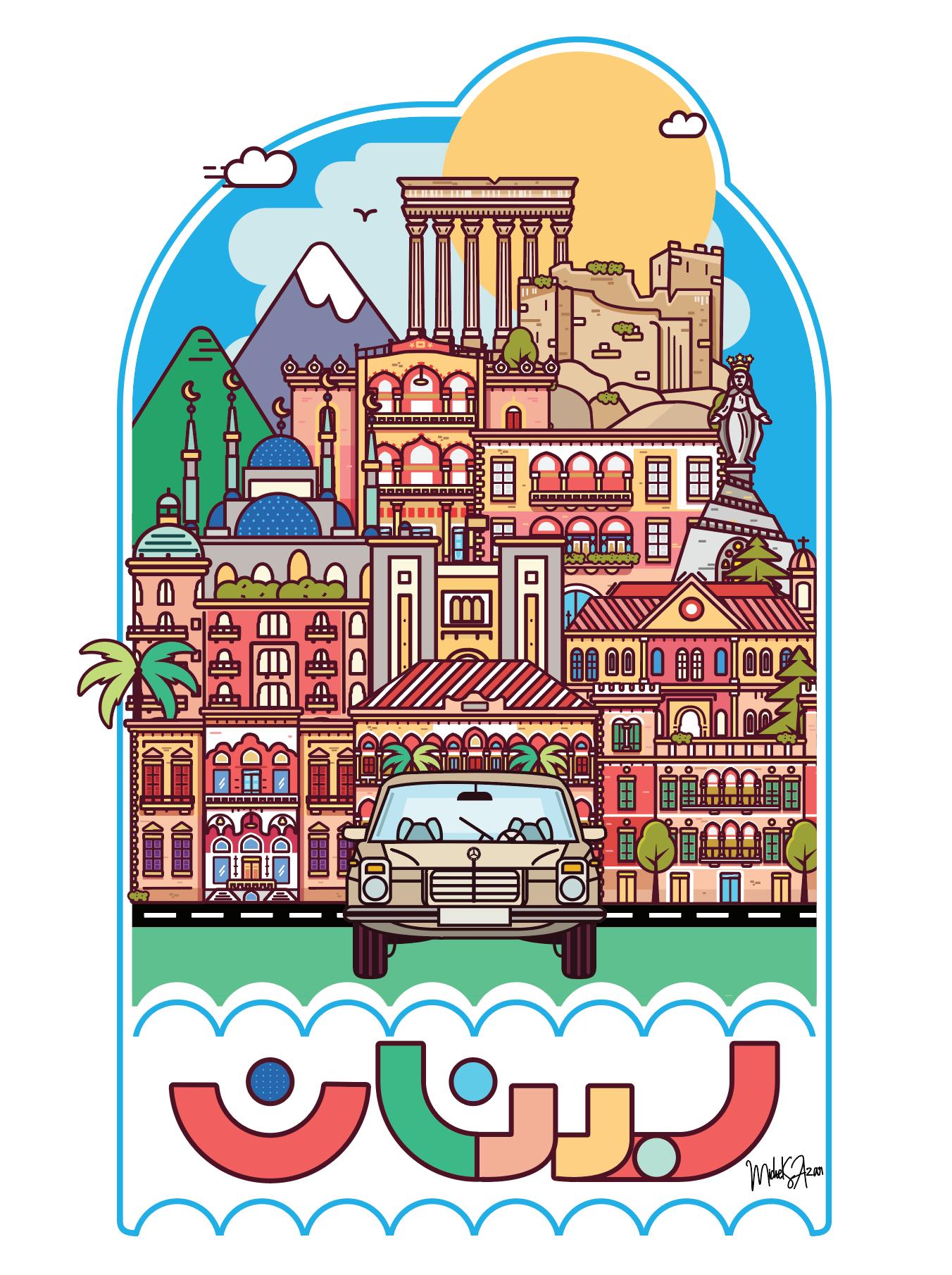
Don’t you agree?
Tell re-volt something not a lot of people know about you
Mmmm, I can stick my tongue inside my nose. Here’s a bonus: I used to play with a headless batman action figure when I was a kid, weirdooo :P
CATCHIN’ UP / MICHEL AZAR
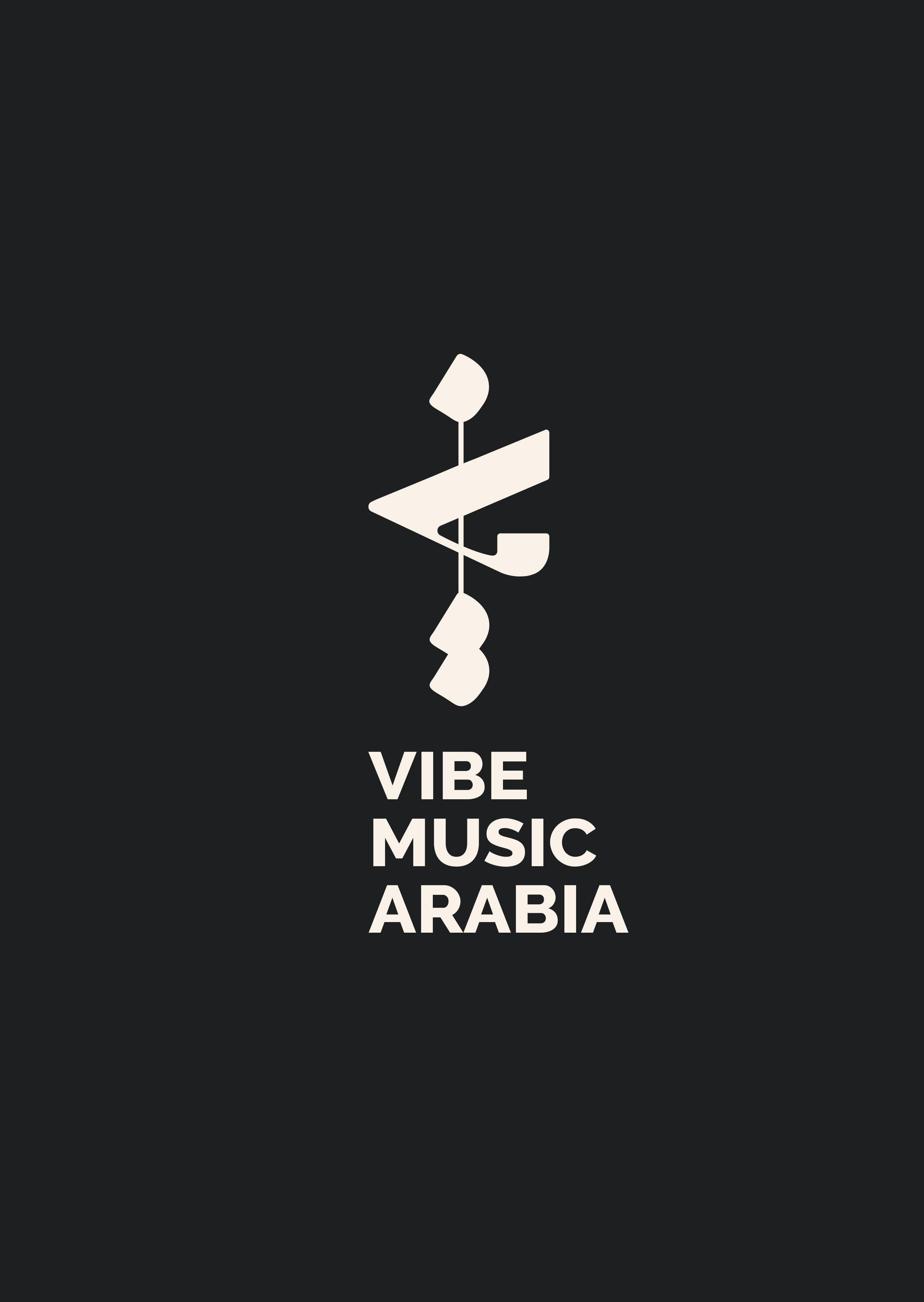

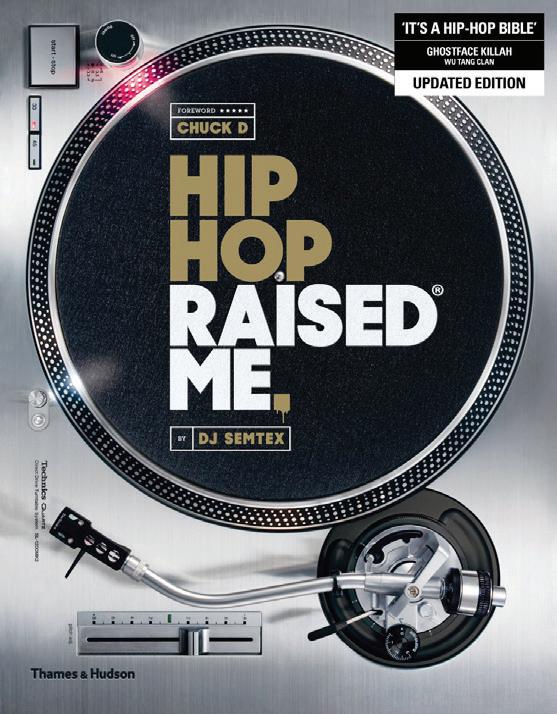

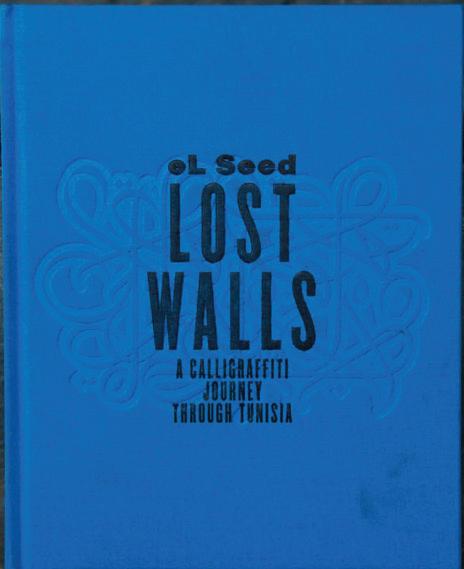
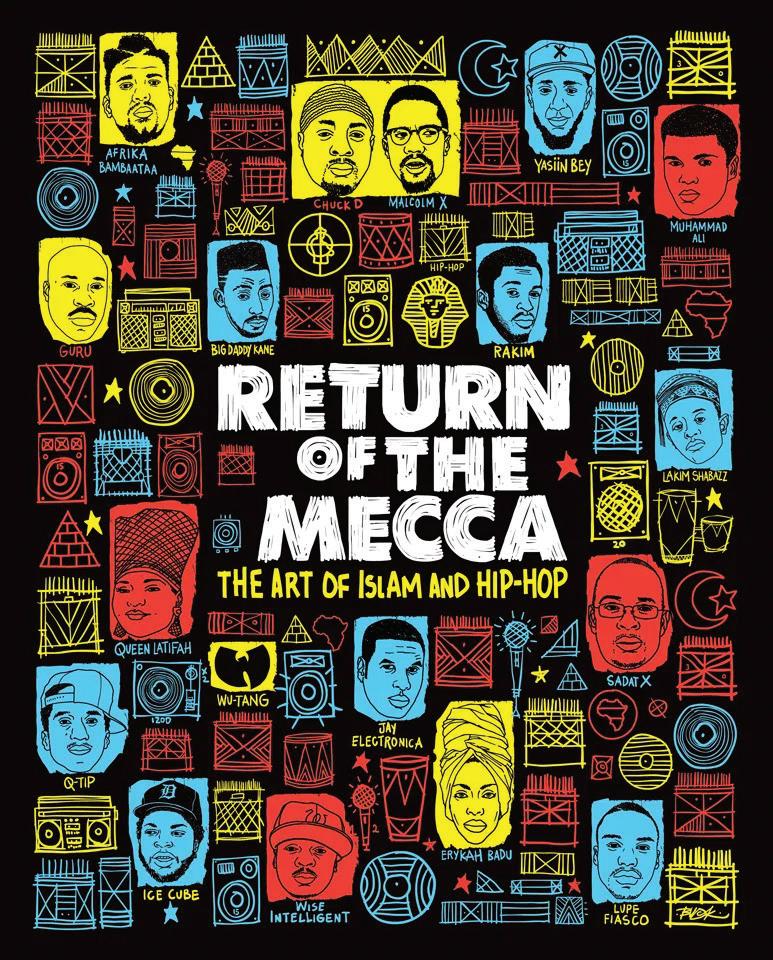

THE RE-VOLT BOOKSHELF

FEATURE | SLAM FAM
SLAM FAM: Slammin’ you with Hip-Hop culture!
SLAMFAM has done a lot for hip-hop culture in the UAE. For those who are not familiar, can you describe your scope of work? How was the idea born and why did you decide to launch it?
Established in 2008, SLAMFAM emerged from a shared love for hip-hop, with a vision to promote its core values of unity, creativity, and inclusivity across the UAE and the wider MENA region. Through performances, competitions, and mentorship programs for aspiring dancers, we’ve turned our passion into a mission to not just grow the local hip-hop scene, but to use it as a positive force in our community.
What are the main challenges you face as a SLAM FAM?
One of the main challenges we face is creating a wider understanding and appreciation for authentic hip-hop culture. Often, people may have misconceptions about hip-hop, seeing it only as a form of entertainment rather than recognizing its deeper values of unity, creativity, and inclusivity.
Another challenge is securing resources and support for our initiatives, whether it’s organizing events or workshops, or mentoring aspiring artists. This often involves navigating the complexities of funding, sponsorships, and venue arrangements. Lastly, we strive to balance the commercial aspects of running SLAM FAM without compromising the authenticity of hip-hop culture. We constantly work to maintain a platform where artistic expression is prioritized, and commercial interests don’t overshadow the core essence of our community.
What would you say is the highlight of SLAM FAM till this moment?
The highlight of our journey with SLAM FAM so far has undoubtedly been the creation and growth of our annual event, SLAM FAM WAREHOUSE JAM. It’s not just an event, it has become an institution in the regional hip-hop scene. The Jam brings together artists from all over the world - dancers, rappers, DJs, and graffiti artists - in a celebration of hip-hop culture that goes beyond competition. It’s a testament to the talent, passion, and vibrant creativity within our community, and it’s a moment that truly encapsulates the spirit of SLAM FAM.
Tell us more about the SLAM FAM WAREHOUSE JAM?
The SLAM FAM WAREHOUSE JAM is one of our most significant annual events and serves as a vibrant celebration of hip-hop culture. Launched in 2008, the event brings together hip-hop artists and enthusiasts from across the MENA region and beyond.
The SLAM FAM WAREHOUSE JAM is more than just a gathering; it’s a platform where creativity, unity, and inclusivity come to life. It showcases a variety of hip-hop elements, from breakdancing and MCing to DJing and graffiti art, highlighting the diverse talents within our community. Participants have the opportunity to compete, learn, and collaborate, fostering a sense of camaraderie and mutual respect. It’s not just about winning: it’s about exchanging knowledge, inspiring, and being inspired. This annual event reaffirms our commitment to growing the hip-hop scene and using it as a positive force in our community. Every year, the SLAM FAM WAREHOUSE JAM leaves an indelible mark on our people, reinforcing the essence of hip-hop and the values that SLAMFAM upholds. It’s a testament to our mission, a reflection of our journey, and a glimpse into the future of hip-hop culture in the MENA region.
Obviously, breaking is an important element of hip-hop culture. What are your thoughts on the breaking scene in our MENA region?
The breaking scene in the MENA region has experienced significant growth and evolution since SLAMFAM was founded in 2008. The passion, creativity, and talent here are undeniable, and it’s encouraging to see more individuals and groups embracing this form of self-expression. One of the fascinating aspects of the MENA breaking scene is its unique blend of global influences and local cultural elements. Our dancers are not only adapting to international styles but also infusing them with a distinct flavor representative of our rich cultural heritage. Despite this progress, challenges remain. The breaking scene in the MENA region, like many others worldwide, struggles with recognition and resources. We need more accessible training facilities, dedicated events, and broader community support. Moreover, misconceptions about hip-hop and breaking need debunking for wider acceptance and appreciation of these art forms.
One breakthrough is the recent inclusion of breaking in the Olympics, offering our B-boys and B-girls an exciting platform to shine on a global stage. This recognition is a major step forward in legitimizing breaking as a competitive sport and artistic discipline. Overall, I’m optimistic about the future of breaking in our region. With our community’s ongoing dedication and passion, I believe we can overcome these challenges and elevate the MENA breaking scene to unprecedented heights.
FEATURE | SLAM FAM
We love your logo! What was the idea behind it?
The SLAM FAM logo embodies our mission in a vibrant and symbolic design. The central hand represents unity, indicative of the collective spirit of the hip-hop community.
In terms of our name, SLAM, which translates to ‘peace’ in Arabic, combines with ‘FAM’ (short for family) to underline our aim to cultivate a peaceful, close-knit community united by a shared love for hip-hop. So, both our name and logo together represent our commitment to promoting unity, creativity, and inclusivity in the MENA hip-hop scene.

Tell us. What is your favorite record to break on?
Apache’ by the Incredible Bongo Band is my jam. Its rhythm is infectious and the bongo drums scream hip-hop. The minute it hits, it’s like a spark. It takes me back to why we all fell in love with hip-hop and breaking in the first place.
Since you are based in UAE, who are some of your favorite rappers in UAE?
The UAE’s hip-hop scene is incredibly diverse, with artists like Narcy, Tac, KC Hamada, and Mylo contributing to its vibrancy. Their unique styles and lyrical prowess significantly enrich the local music scene. Of course, these are just a few examples - there are many others out there making waves, and I’m excited to see what they’ll bring to the table in the future.
Do you think that we as a collective in MENA understand fully hip-hop culture?
The understanding and appreciation of hip-hop culture in the MENA region have grown tremendously over the years. However, like anywhere else, there is always room for deeper engagement and exploration. Hip-hop is a dynamic, multi-faceted culture, and its full understanding requires ongoing education and exposure. It’s up to us as a community to continue promoting, teaching, and living the core values of hip-hop – creativity, unity, inclusivity, and knowledge. Through this, we can foster a deeper appreciation of hip-hop culture in our region.
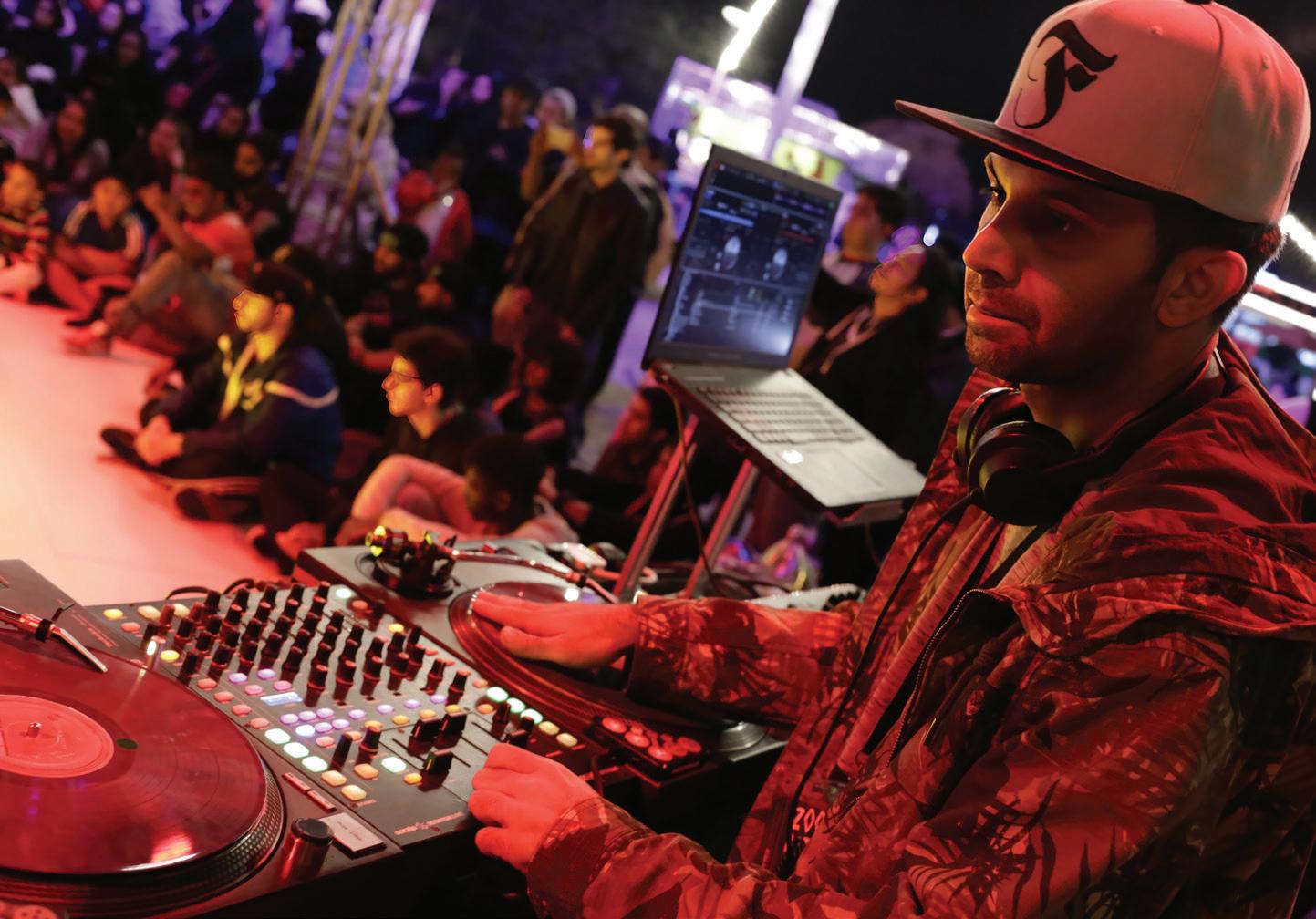
FEATURE | SLAM FAM
Photo provided by SLAM FAM
Photo provided by SLAM FAM
What are your future plans? And the ultimate dream for SLAM FAM?
Our future plans for SLAM FAM include further expanding our reach and influence, both locally and globally. We’re excited about creating more events, workshops, and mentorship programs, further promoting the transformative influence of hip-hop culture. We’re also looking to foster partnerships with other organizations to uplift the MENA hip-hop scene. However, two dreams stand out among the rest. First, in light of the recent inclusion of breaking as an official Olympic sport, we aspire to represent the UAE in the Olympic Games, showcasing our talent and passion on a global stage. This would not only be a proud moment for SLAM FAM, but a significant milestone for the UAE and MENA region’s hip-hop community.
Our ultimate vision for SLAM FAM, though, is to establish a fully-equipped, dedicated space for our regional hip-hop community. A space where people can learn, create, perform, and celebrate hip-hop culture together. We envision this hub as a vibrant, nurturing platform that unites talents, fosters unity, and highlights the thriving hip-hop scene in the MENA region.
As we celebrate 50 years of hip-hop, what do you say to hip-hop?
To hip-hop, I say thank you. Thank you for being a powerful form of expression, a voice for the voiceless, a platform for creativity, and a uniting force that brings people together across cultures and continents.

Here’s to another 50 years of storytelling, truth-telling, boundary-pushing, and community-building. Long live hip-hop!
Tell re-volt something not a lot of people know about you as a Founder?
Although I’ve dedicated most of my life to promoting hip-hop culture and building the SLAMFAM community, a fact that remains under the radar is my deep-seated passion for fashion. This interest materialized into a unique boutique - SpikeLo Vintage (@slo.dxb on Instagram). Here, I remix and customize Ralph Lauren clothes, blending my love for hip-hop, art, and fashion into distinctive pieces. It’s another way I channel the vibrant, ever-evolving spirit of hip-hop culture.
FEATURE | SLAM FAM
Photo provided by SLAM FAM
In the 7th century, Jameel Bin Ma’mar was famous as a lover of the lady Buthayna from a neighboring tribe. The story of their romance is that Buthayna’s people turn down Jameel’s marriage proposal because they feel Jameel’s verses praising their love have compromised her honor - merely saying that a woman loved a man was considered a blot on her honor in ancient Arab tribal society. Buthayna is forcibly married off to another man, but she and Jameel continue to be in love with each other, although they never consummate their love. Jamil continues to visit her at Wadi ‘l-Kura (Al Ula), and to complain in verse of his longing.
“If only the prime of the youth were new and old times come back, Buthayna, should my poetry spend a night in Wadi AlQura, then I’m happy.” These words summarize the love the poet has for this region and I choose them to shed new emphasis on it to residents as well as visitors. The poetry offers a lens through which to witness the entire landscape. The words come from within the heart of the region and are, in many ways, an ode not only to one woman, but to nature itself. Mirage acts as a metaphor for the love Jameel had for Buthayna; a love so infinite, ever longing to be reached and grasped, like a Mirage.
 Photography by Wael BAQER
Photography by Wael BAQER
SPOT THIS! EL SEED

MAKTABA BOOKSHOP: A nest for Arab culture
Nestled in a heritage building in the Old Port of Montreal, MAKTABA is a Middle Eastern inspired boutique and concept bookshop celebrating tradition with art and innovation. The dynamic duo Yassin Al Salman - aka Narcy - and his beautiful wife Sundus Abdul Hadi aim to inspire the Arab diaspora with litterature and merch, bringing them closer to home.
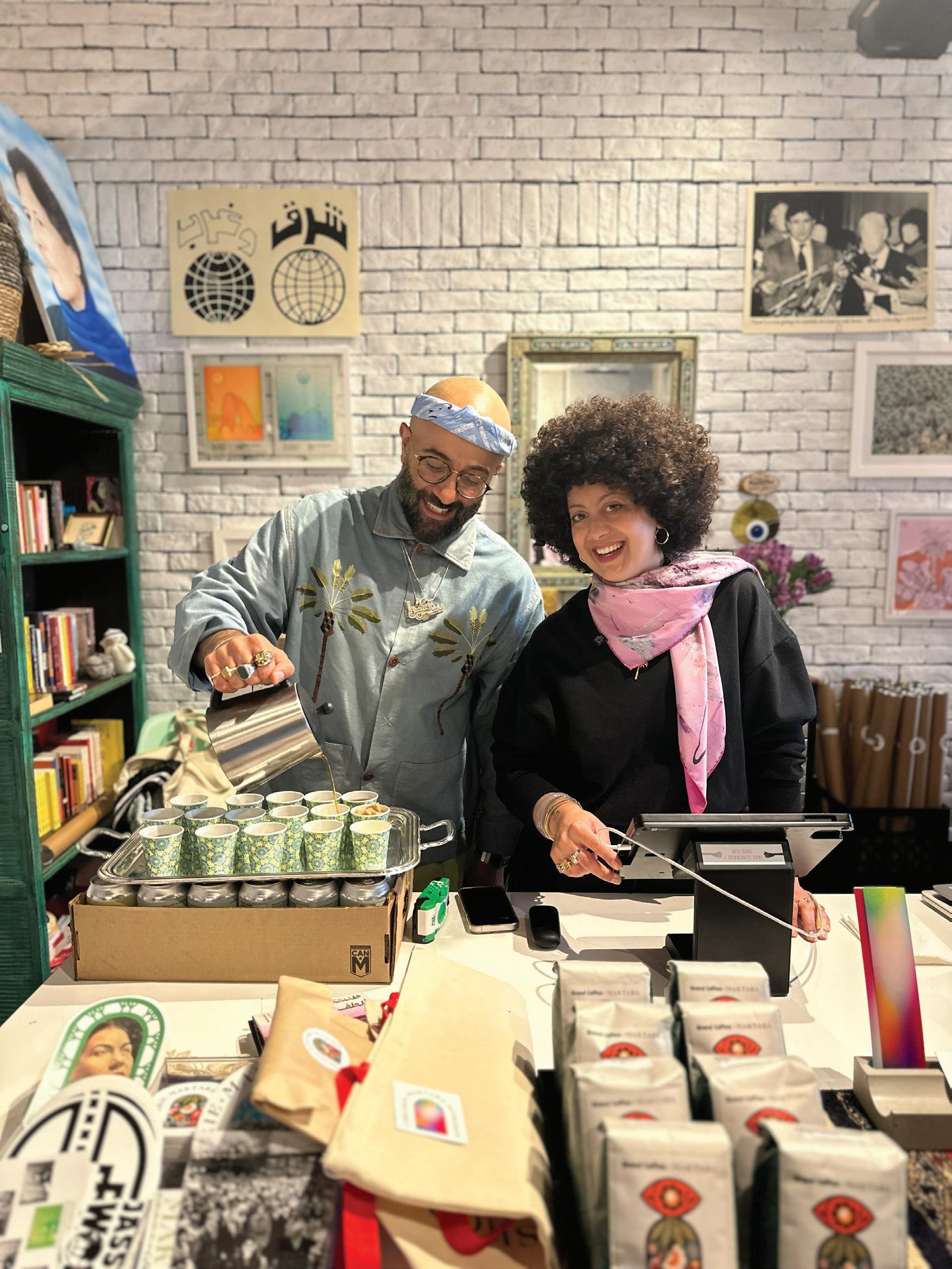
FEATURE | MAKTABA BOOKSHOP
MAKTABA BOOKSHOP
What was the main spark behind creating and launching “Maktaba”? What was the biggest challenge you guys had to overcome?
Sundus:
I’ve always loved bookshops. They feel like home to me, and a portal to a world of imagination and knowledge. As a lover of books, a reader and a writer, I wanted to create a space for my greater community to experience that same feeling. Maktaba was envisioned as an empowering space imbued with culture, a place for any type of reader to seek (and find) inspiration, to learn more about themselves and the world around them — through a careful curation of books, a timeless, accessible medium that knows no limit. Maktaba also is home to our small boutique of artist-led brands, and our own in-house collection of clothing and lifestyle goods. Our Majlis doubles as a reading nook and event space, a place that can be activated in multiple ways through the diverse programming we are planning for the fall/winter. Maktaba is basically the space where our worlds collide and all our ideas come to life.
Yassin and I started building Maktaba from the ground up, with nothing more than an idea, our experience as artists and writers, and the beautiful location that found us, in a heritage building in the Old Port of Montreal. The biggest challenge was overcoming all the fears and doubts around starting a small business as a tiny team of two, and breaking the myth that art and business are separate entities. We had no blueprint going in, so it was a crazy learning process. We are still learning every day, and I love that.
Maktaba is now the HQ of “We Are The Medium”. How important is this step for you and Yassin ?
Sundus:
We Are The Medium was and will always continue to be the foundation on which our work builds upon. Everything we have done so far, individually and collectively, including Maktaba, carries the ethos of We Are The Medium within it. In 2020, Yassin and I published 4 books in one year. Yassin put out Text Messages (Haymarket), and I put out Shams (in Arabic through Tamer Institute and in English through We Are The Medium) and Take Care of Your Self (Common Notions). That year we also started publishing through We Are The Medium Our first book launch at Maktaba was for my sister Tamara’s book Picture an Arab Man, which was the second book published under We Are The Medium. It launched in July and it was the best way to celebrate all of our collective achievements. As our experience grows, our career paths have been veering more and more towards the world of books and the written word. It makes perfect sense for We Are The Medium’s home to be in a bookshop!
The work you guys have been doing across the years is so inspiring. Always pushing our Arabic culture forward. As a bookshop and space, what are your dreams and aspirations for Maktaba. What do you want to achieve by creating this unique space?
Sundus:
Both Yassin and I have been living in Montreal for almost 30 years. A place like Maktaba has never existed for people like us - diasporic, deeply-rooted, hyphenated identities. I would scour bookshops for books that represented my culture, my heritage, my experience that weren’t written by white authors about us, rarely finding anything. We would find ourselves in community, but never in spaces. With Maktaba, it’s a beautiful exchange. Without our community’s support, Maktaba couldn’t exist, and without our community, we would have no purpose to fulfill. The interesting thing is that our experience as Arabs in Canada is not entirely unique. The immigrant experience is transcultural, and it is connected to the indigenous cultures of the land we now call home. More than 90% of our books are by Arab/Brown/Black/Indigenous authors. As for what we’re currently dreaming up, we have ideas and aspirations around our programming, which we are still developing. Maktaba’s strength is about being a small, artist-run, independent bookshop, an art project; an offering. My ambition is to maintain its original intention.
FEATURE | MAKTABA BOOKSHOP
“It is about being intentional with our work, and it is about curating and creating an experience for others to enjoy, and gain from. I was beyond grateful to see bodies in Maktaba, doing exactly that, receiving Maktaba as intended. Hamdulilah.”
- Sundus Abdul Hadi -
Can you give us a glimpse of the vibe for people who are not able to physically be there? The music, the energy, take us through a day at the Maktaba ?
Sundus:
Yassin and I have been building the Maktaba Music playlist on Spotifyeverything from Fairuz, to d’Angelo, to Khruangbin, to Turkish funk. The first sense to hit you is the woody, smoky scentwe burn incense multiple times a day. Conversations are constantly being had. I can talk about books all day, and I’m so curious as to what people like to read. From there, we recommend the books that we think you may enjoy, and usually, we are spot on. Other times, when it’s quiet, it is a truly meditative place. People reading, browsing, relaxed and inspired. That’s my favourite vibe.
Do you have a favorite corner in Maktaba? What about Yassin?
Sundus:
My favourite corner is definitely the Majlis. It is so grounding to be seated so low, shoes off, with the soft carpet under your feet. It is special alone, with a good book and the view of the city passing you by. It is also special when it is filled with people, having meaningful, intentional conversations.
Yassin:
My favorite corner in the shop is probably seeing people react to our merch and artist-led brands from behind the desk. To carefully select this collection of clothing, lifestyle items and numbered collectibles really is all about the conversations it sparks. Whether it’s the Iraq-a-fella merch, Maktaba or Shabab, having this unique collection is amazing to watch trickle into peoples lives.
A person walks into Maktaba and they are eager to learn about our culture, and asks for help. What book and/or merch would you start showing them in order to start on this journey of discovery?

Yassin:
I usually hand them a copy of Secrets of Divine Love by A. Helwa, Take Care of Your Self by Sundus, or Healing the Mind Through the Power of Story by Lewis Mehl Madrona. Our merchandise drops are always limited to 20/30 pieces, so people leave the store with something so personal and unique. I tell people that stepping into the store is the exchange, the purchasing is a choice. Our value is culture over commerce.
FEATURE | MAKTABA BOOKSHOP
Lastly, your feelings the moment this dream became a reality. The first day the shop opened, take us through your feelings on that day.
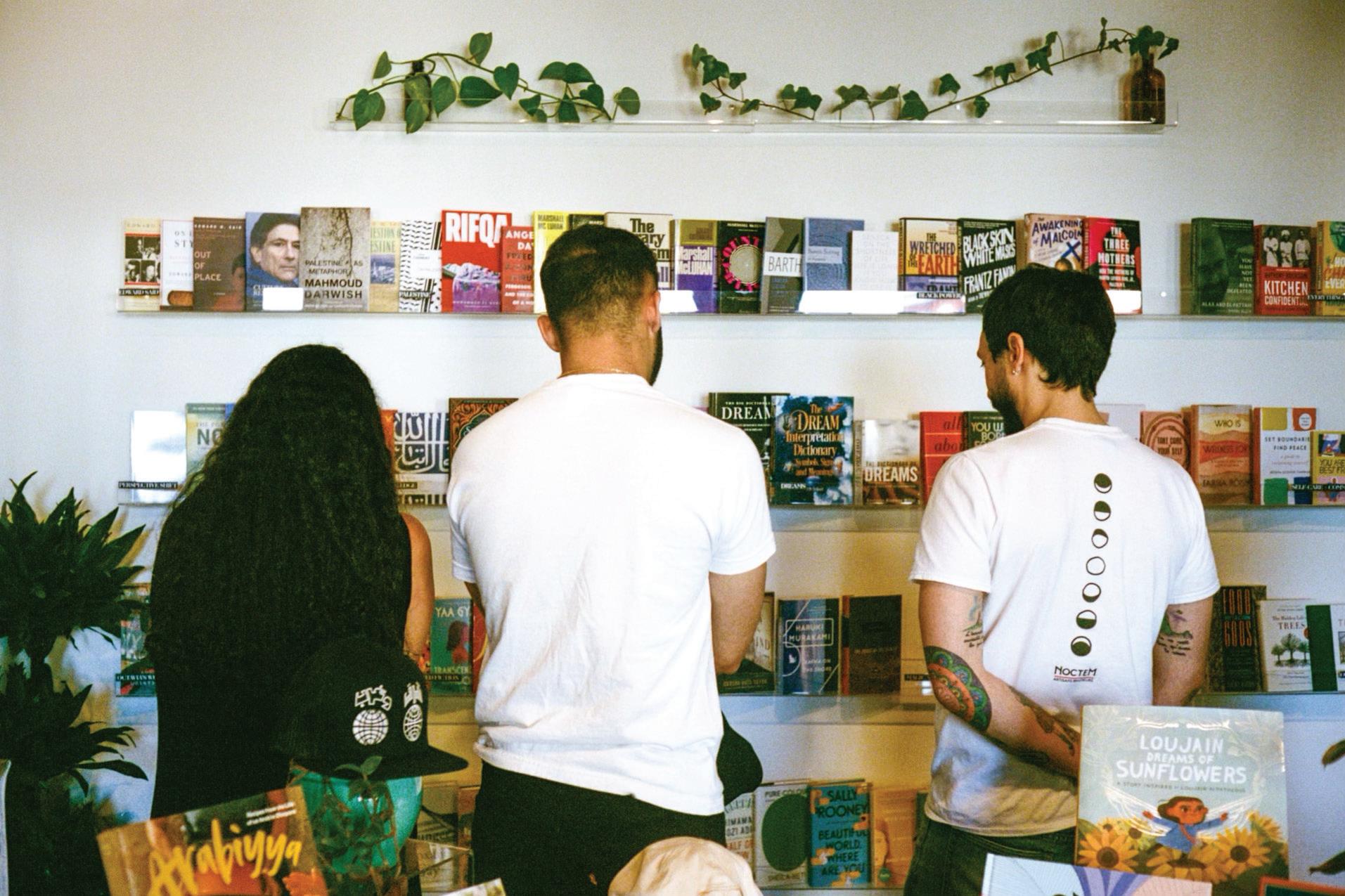
Sundus:
I was nervous but steady! It was like unveiling a public sculpture that I had been working on for years, but was ready to share with the world. I mentioned that Maktaba is like an art project. Well, it really is. It is the evolution of our work as artists, writers, thinkers. It is about creating a space that never existed before in our generation, in our city. It is about being intentional with our work, and it is about curating and creating an experience for others to enjoy, and gain from. I was beyond grateful to see bodies in Maktaba, doing exactly that, receiving Maktaba as intended. Hamdulilah.

FEATURE | MAKTABA BOOKSHOP
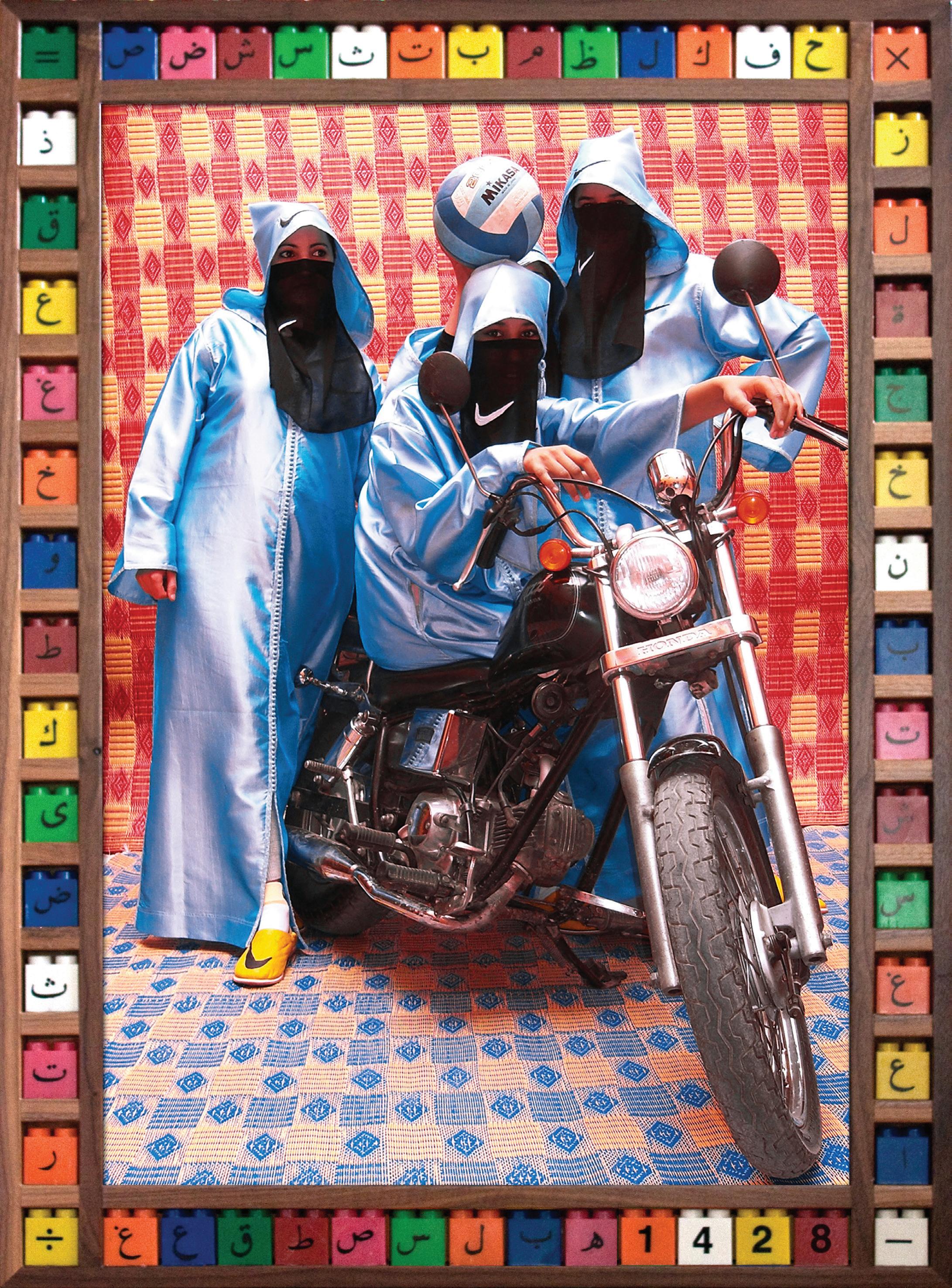
SPOT THIS! HASSAN HAJJAJ
The title is inspired by the film “Easy Rider”. At the time he was working on his series La Salle de Gym des Femmes Arabes (The Gym for Arab Women), and he had created his sportswear from the Moroccan Djellaba. Cinema is a big influence on Hassan’s work, as is music and above all People from all over.
Nikee Rider, framed photography by ©Hassan Hajjaj, 2007/1428 Part of La Salle de Gym des Femmes Arabes Courtesy of the Artist
SPOT THIS! HASSAN HAJJAJ
Jazzy Zilla: Breaking loose from the norms

CATCHIN’ UP / JAZZY ZILLA
Photography by KeyzMaker
What was it about breaking that sparked a passion in you to pursue it?
I was just a 9 years old youngin into martial arts, when I first saw breaking in the streets with all the cool spins and footworks. That’s when I knew that this is the route I wanted to choose. As the years went by, I got more into battling and living in the cyphers. I started to connect the dots also between all the music I used to listen to from jazz to funk to rap to the graffiti art around me and build a clear understanding about the culture .
How is the support from Arab media on the breaking element?
There was never any support on media in the early days in the Middle East, as well as North Africa. As the Breaking got enrolled into the youth Olympics in 2018 and Paris 2024, North African media grew a lot, as national teams were involved, and it will surely have a representation in Paris. As for the Arab media, they were merely representatives from radios, magazines, TVs or worked for energy drinks. The latter were the only people who tried to help back in the days.
Your thoughts on the state of breaking nowadays?
We’ve seen you judge battles. How challenging is that? And what is it about a breaker that catches you attention and impresses you?
You understand that hip-hop is a culture. Where’s the Arab region when it comes to understanding the culture element of hip hop?
The Arabs of the Middle East had a scene apparently in the 80s but wasn’t really very cultural: it was more in the discos. Around the late 90s, it kicked back up and it is during the 2000s that the culture started really spreading around with most of its elements.
Speaking from a social aspect, it never got that much respect but the youth always finds a way when they pursue something they love, no matter the political and social influence. As for the North African scene, the obstacles were way less, as culture in this region is very vibrant. People of Sahara have a lot of dance music and fashion revolves around their lives. Furthermore, a lot of hiphop legends in the european scene, especially in France, were of North African descent, so the information was quickly transmitted since the 80s. There was more support from society, which resulted in a much bigger scene than the Middle Eastern.
It’s progressing at a very fast rate on a commercial level. The Energy drinks, the Olympics and the growth on social media play a major role in all of this, but again, a few heads remain true to the game. It’s a game and “you got to play by the rules by breaking them”. A lot of research needs to be done as a lot of people are jumping on this trend for the past decade, but not really carrying on tradition. You can be dynamic and all but if you don’t get down the right way, you fakin’ the Funk, and of course we will meet you in the Cyphers where we close deals.
Overall, it’s looking very good and a bright future is ahead for all the hard working “athletes” (b-boys and b-girls) But again, study your art, know your culture, be very athletic and keep it real!
Who are your top 5 favorite MCs?
This is always a tough one.
I would always start with Rakim, Kool G Rap, Big Daddy (the originators of style in rap music)
Then I would contine with:
I think as a judge it’s mandatory to stay focused at all times. When the competitors are in action, a lot of attention to details is required. Breaking is not only spin moves: there is toprocking, go downs, footworks, freezes, backrocks and power moves. Along with all these you need to have original transitions and moves, be funky with the music, have a character and last but not least, you have to master your foundation. Uniqueness is very rare these days due to the increase in number of b-boys and b-girls, but if you can make that difference, be sure you will be in my radar.
What would you say is the most challenging thing you ever had to go through as a breaker?
I always speak about injuries as they can affect you not only physically but mentally. So, it’s always important to study the anatomy as a b-boy and understand how to strengthen it and learn to listen to your body when it needs it’s time.
Any Arab B-boy/B-girl you would like to shout out. Give us few names.
• For sure, from the Middle East: Follow Roc, Dusty Dust, Huey, Philip, Brookie, Spiky, MOD, Muzee Roc, Nader, Maylo, Amer, Lazy, KJ, Feras Cato, Kilwa, Engine, Darky, Hilal, Atto, Husam Tornado, Triple X, Hamza El B, Ralph and Kraft.y
• from North Africa: Groove aka Steez wonder, Peaky Roc, Zulu Nawfel, Upper Bou, RAF-H, Omar Wajdi, Anis break, Aziz Azi, Hamza Cranky, Seif T, Hakoomy, Crush, Samir, Rocklee, Ray One, Taha and Klash.
Tell re-volt something not a lot of people know about you I love Coconut water and Polynesian Islands.
CATCHIN’ UP / JAZZY ZILLA
1- Roc Marciano
2- Prodigy (RIP )
3- Planet Asia
4- Buckshot
5- Redman and the list goes on...
What are your favorite records to break on?
1 - James Brown - Funky Drummer
2- Joe Bataan - Frootful Strut
3- Booker T & the MG’s - Melting pot
4- BT Express - Energy Level
5- Tito Puente - Hit
Deyaa Rambo: For Flying Humans Only!
You’ve been doing this for a long time. You have evolved and Saudi has evolved. In what way your work has evolved through these years?
My experience is based on the number of hours I spent reaching my goals. The most important to me was acquiring cognitive and experimental skills in art and to reach advanced skills in my use of tools. To me, humans are constantly evolving, whether for better or for worse.
Honestly, first, thanks to God. The development I witnessed in myself was huge to me. The creation of the artistic environment around me has helped me a lot in achieving faster and better results in developing my art style, both intellectually and visually.

One of the challenges that I have put myself in development with was reaching a level that is respected and appreciated at the global level more than what is on the societal level, and to contribute positively to the renaissance of art in the region

CATCHIN’ UP / DEYAA RAMBO
Dhad are pioneers when it comes to graffiti and creativity in Saudi Arabia. How has the journey been for all of you as a brand Dhad?
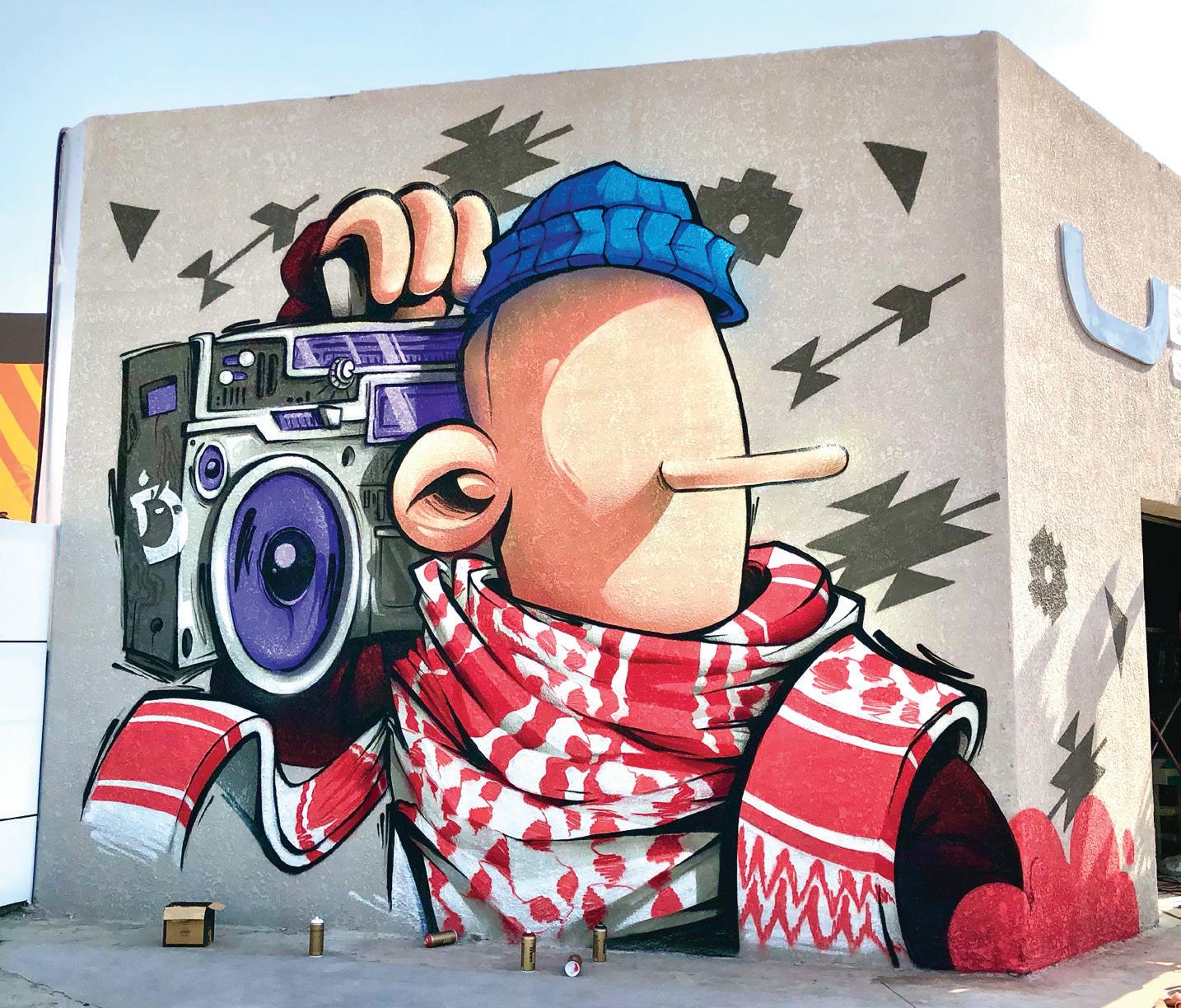
We started as a passion and a dream. It was a solution to the problems we were facing. The two main problems we were facing were: the lack of high quality graffiti tools and how to transfer the graffiti concept from a subversive concept, or shakhmata as we call it in Saudi Arabia, to street art. Our trip was full of challenges, at that time, when we had no background in business, importation, custom clearance, pricing, etc... Besides all that, the most difficult thing for us was spreading the graffiti culture and supporting artists in the region. Proudly, Dhad has contributed positively in transmitting the graffiti art culture in the Arab region in general, and Saudi Arabia in particular. We have also supported Arabic graffiti art, spread it to Arab culture, and helped change many concepts. Thank God! Dhad today is the first graffiti center in Saudi Arabia, and it is a lifestyle for many artists. In addition, the most significant thing that we have to mention is that Graffiti, nowadays, has become one of the arts supported by the Saudi Ministry of Culture.
What are the top 3 pieces that are dear to your heart? And why?
1- Freedom in unfreedom zone (Magdeburg, Germany)
It was one of the closest projects to my heart because of the project’s nature and the great experience I had. The project was a one month art residency in an abandoned prison in Magdeburg. I was living there in the abandoned prison with other artists from around the world doing graffiti all day and having fun.
2- Hide and Seek (Jeddah, KSA)
It was my first mural in my city Jeddah! That is simply why it is my favorite. In this project, I was marking out the reality of the real historic city streets of Al-Balad.
3- There is always Hope (Mannheim, Germany)
The trip was with a humanitarian and positive goal that we presented to the municipality of Mannheim in cooperation with one of the most international artists whom I aspired to collaborate with, Hombre. The idea was to educate the German street about supporting the
Syrian refugees, the importance of coexistence, and strengthen hope in them. The experience has taught me a lot, and this cooperation contributed positively to my intellectual and technical level too.
What has been the most challenging aspect of your artistic journey so far? Distraction! As an artist and entrepreneur, you are exposed to distractions on a daily basis, whether in projects, opportunities, or even difficulties and challenges in this journey. In addition to managing time, which is the biggest challenge I’m facing at the moment.
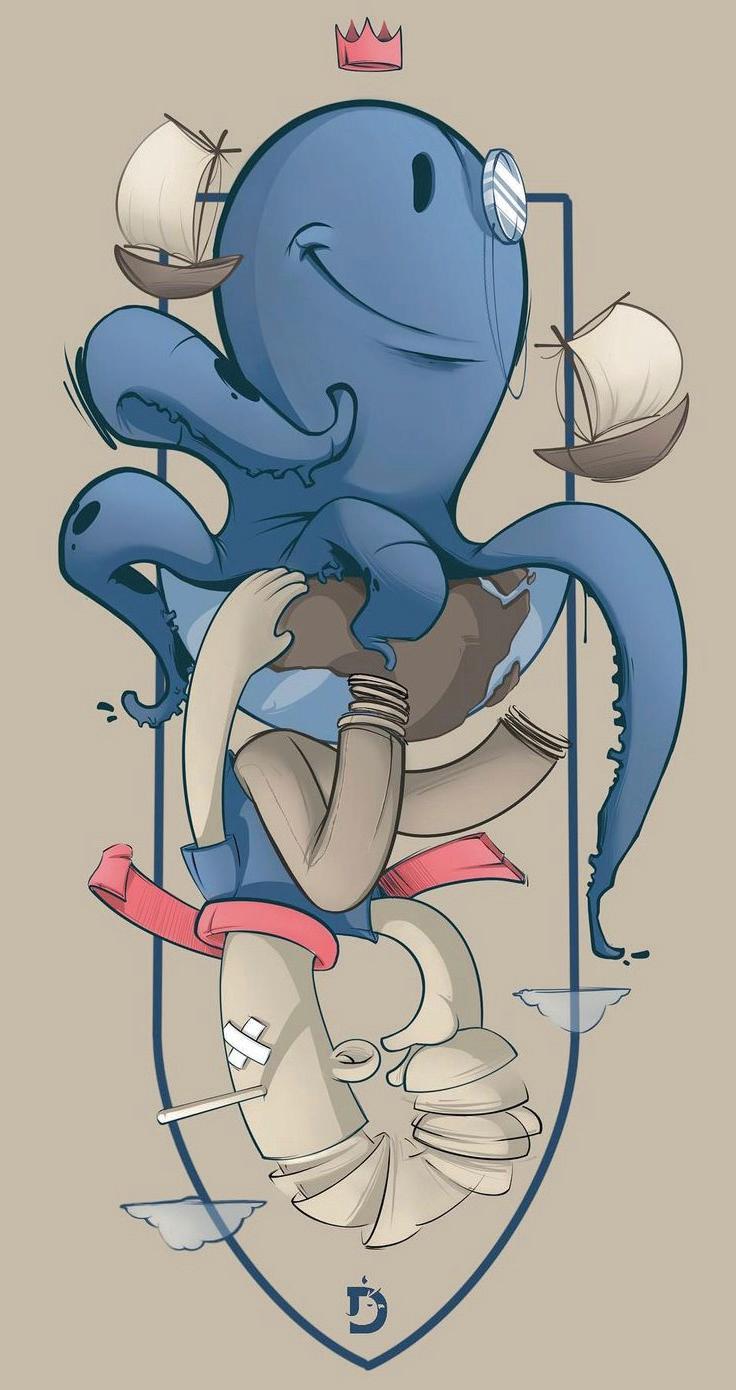
What is a dream project that you wanna work on or launch ?
Rambo World, is a fictional world made up of characters that I created over years of experiences, in which I share my ideas to the world.
Tell re-volt something not a lot of people know about you I think I’m the only human who starts his autopilot and sleeps while DRIVING!
CATCHIN’ UP / DEYAA RAMBO
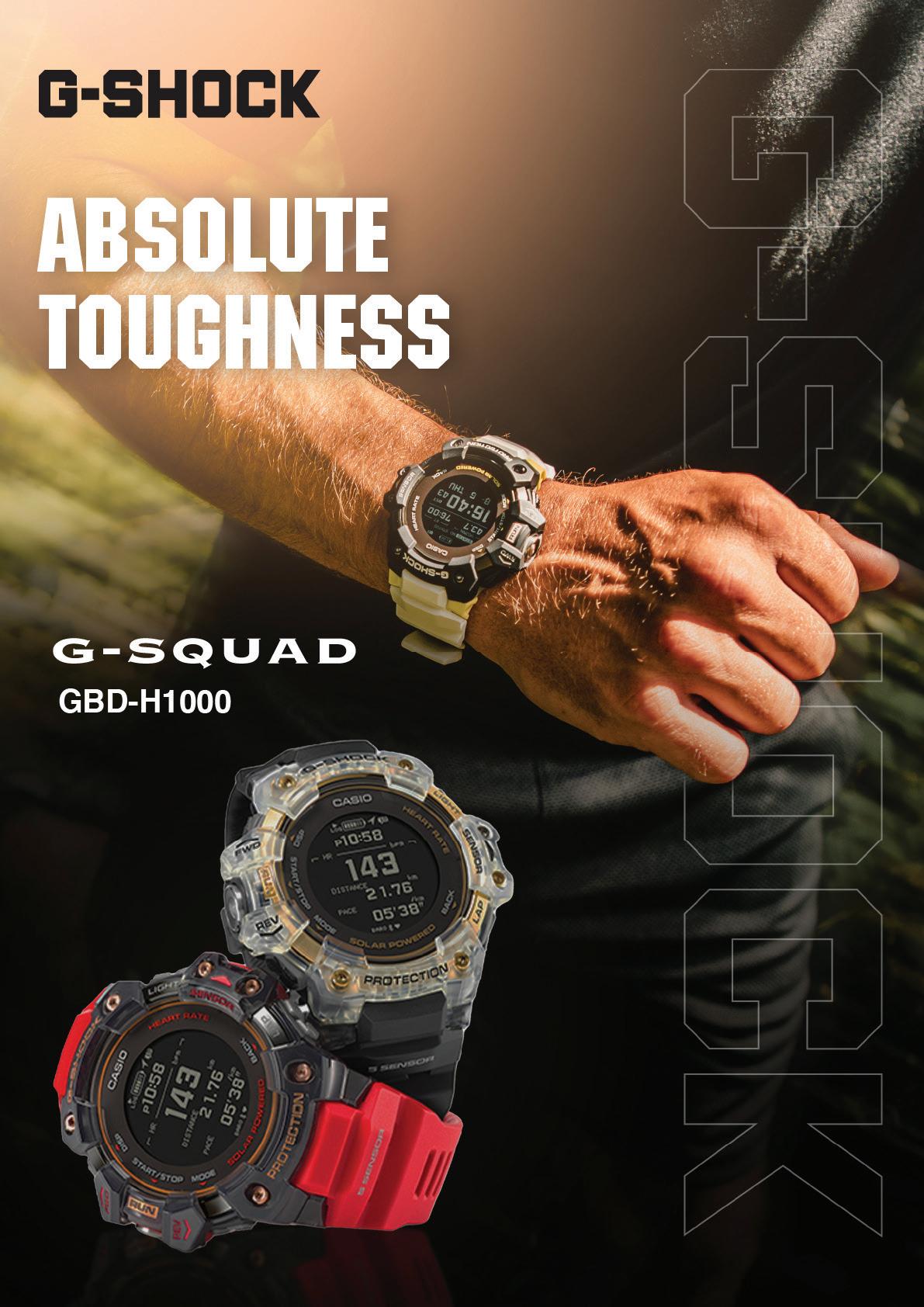
TAGEEL: Lyrics like a ‘Rhino’ attack
Where was the name “Tageel” inspired from?
I got my name from a neighborhood personality that went by the name of ‘Kitab’. He was a local legend loved by all and had a nickname for everyone. The name he had for me was ‘Tageel’.
You dropped your first record in 2020, “Bl3ks” produced by Mo Sauce, and you took Sudan by storm from the first release.Take us through the process of releasing this record? And how did you get introduced to Mo Sauce?
I had an idea for ‘Bl 3aks,’ so I reached out to Mo Sauce and sent a demo. He liked it and sent me a beat back in 30 mins. Over the next few weeks, he produced it with me until we came to the version you hear today.
As we can see, you wear a mask to hide your face. Why the mystery?
Initially, the idea for the mask also came from Mo Sauce. I realized it was the best way for me to create a split between music and my personal life, which was important to me.
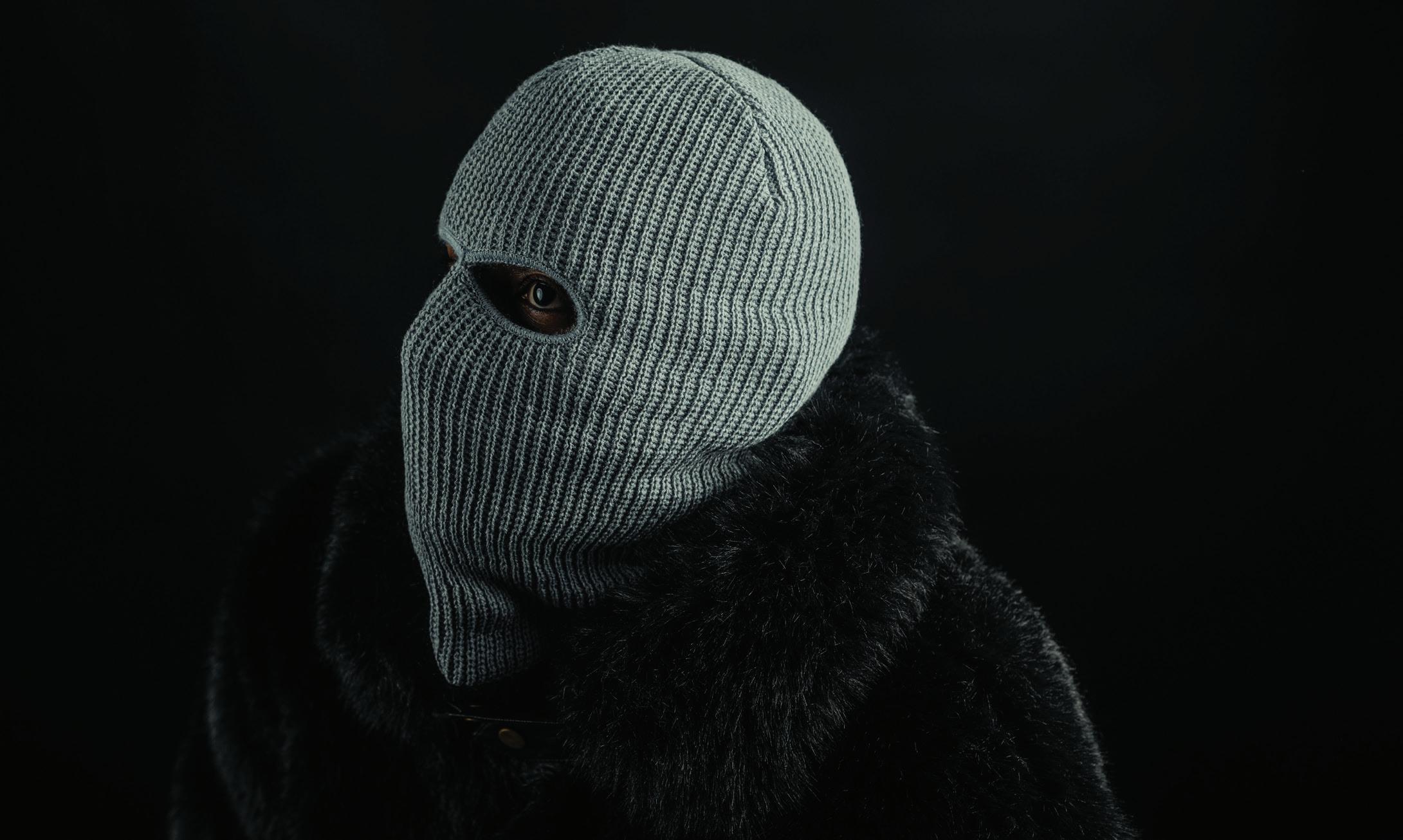
What would you say is Tageel’s evolution from your first record to your latest which is “Game Over”?
Before ‘Bl 3aks,’ there was talent and after that, there was gaining experience and making connections while accessing different studios to link with different artists and producers. There was a natural progression of things that helped me evolve. “Game Over” is a testament of that evolution. One thing that helped me grow and expand my perspective was going to Sudan, observing the scene, meeting artists and people that listen to your music.
Your thoughts on Sudanese rap at the moment.
I feel we’re almost at the Big Bang. We’re right around the corner from leaving a large imprint on the world.
Tell us about the team you work with..
Firstly, my friend and manager Mazin Cheese has been the most important factor of my growth, and even though we’ve only met once, we remain in contact daily. In a short period, Cheese with his experience was able to propel me forward to a position that normally would’ve taken years.
Second is Hayo, designer of the ‘Sudan’ logo and a vital organ of the creative direction team. Kabeir, a dope artist who’s recorded some of my most important tracks such as “Game Over”. Swish and the guys at Cave Studios in Cairo have elevated our sound to new levels and more specifically my upcoming new sonic venture, which sounds different to anything you’ve heard so far. And a few producers who I’ve worked with continuously over the years that have been vital to my growth like Mo Sauce, JJBeats, Cymyona, Drwes, Tooha and Husam Vibes.
“Game Over” is a beautiful record. What inspires your pen?
“Game Over” was a representation of my life at that point. I felt like a dark cloud was over me and everything was closed off, but things started to brighten up and you could say I had a new lease of life.
Tell re-volt something not a lot of people know about you
That I have an album that is 90% ready.
CATCHIN’ UP / TAGEEL
Photography by Basil Gaddal
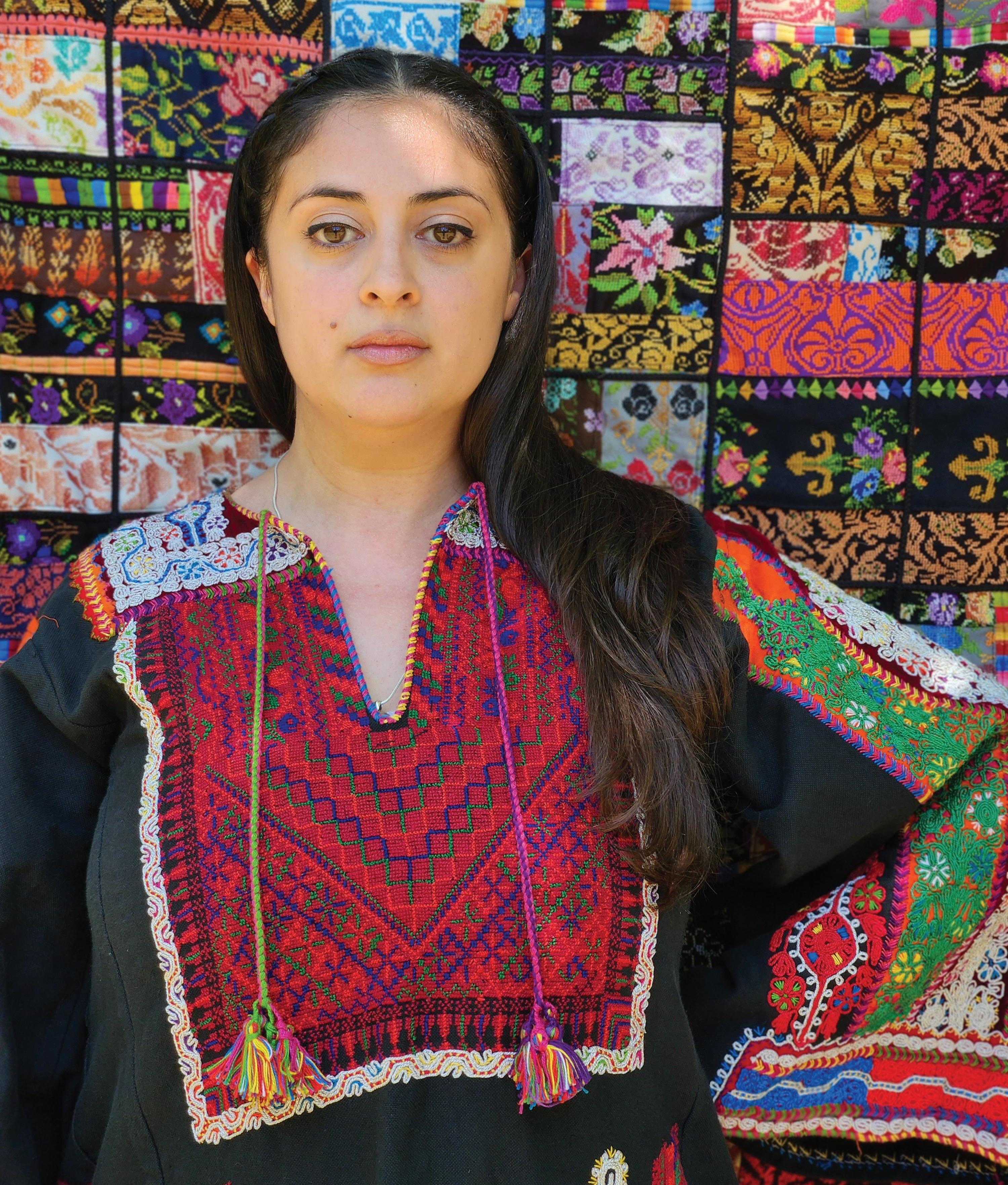
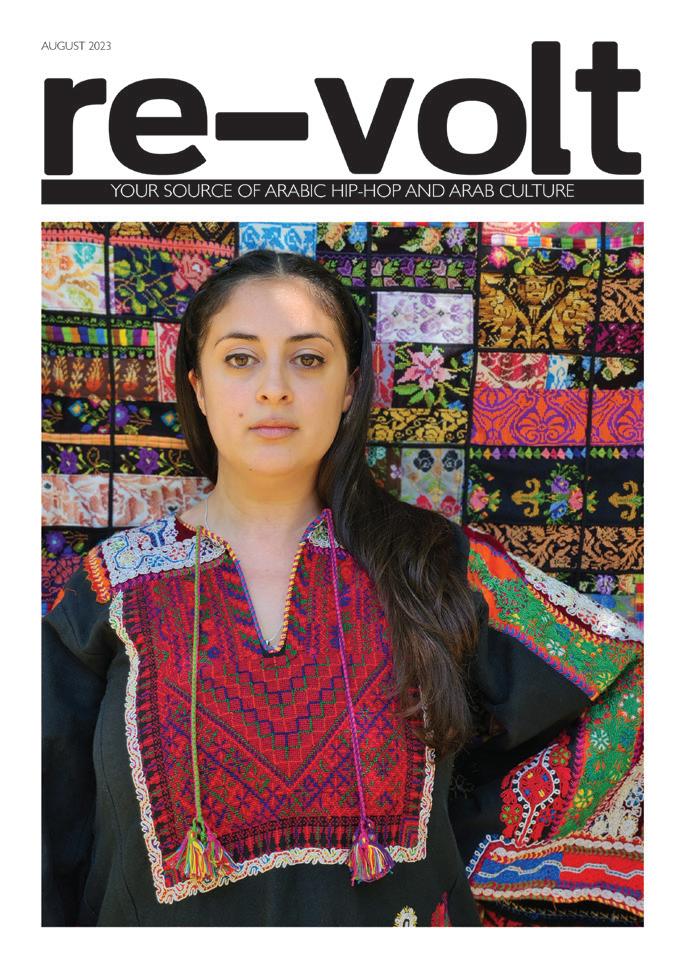
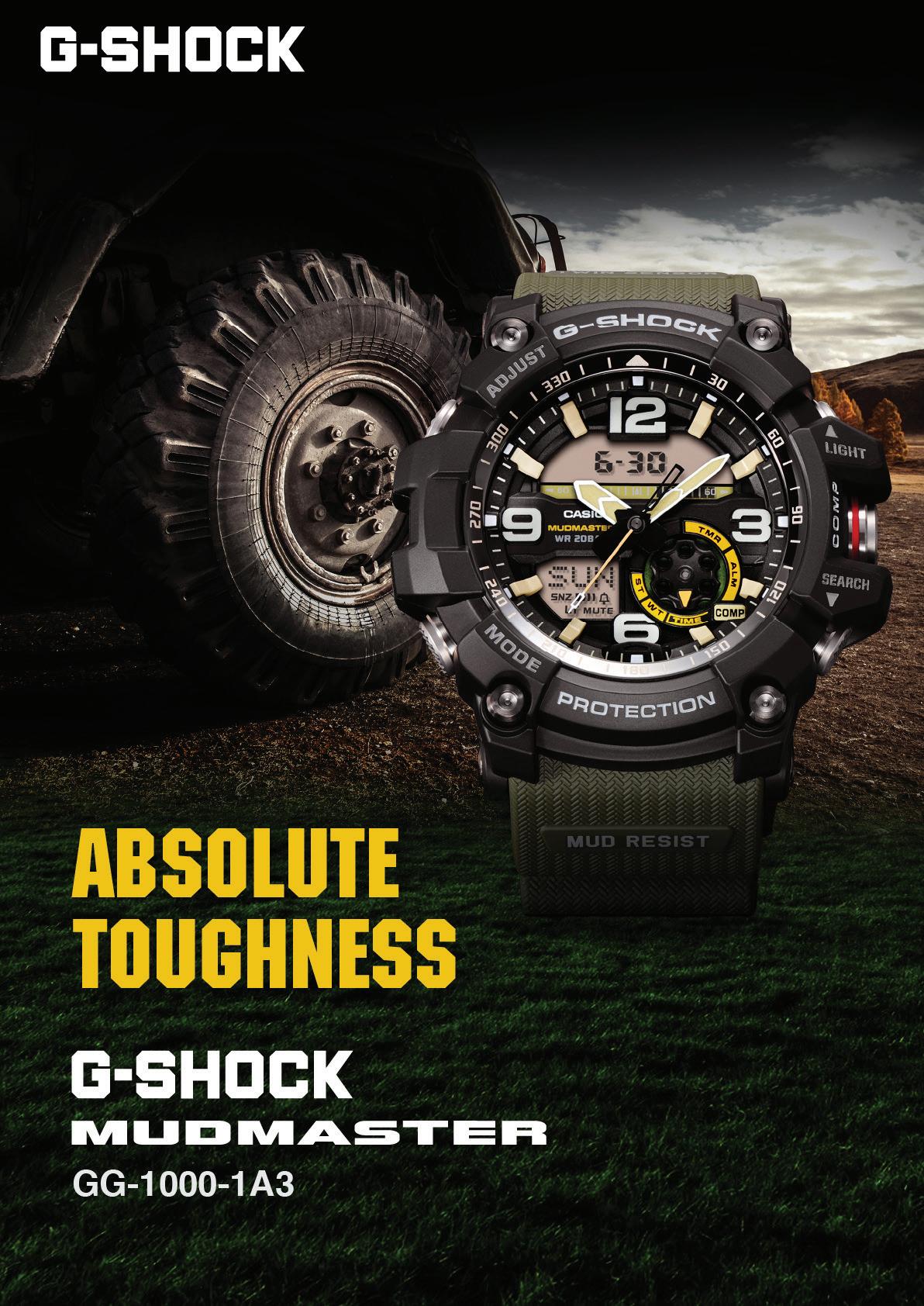

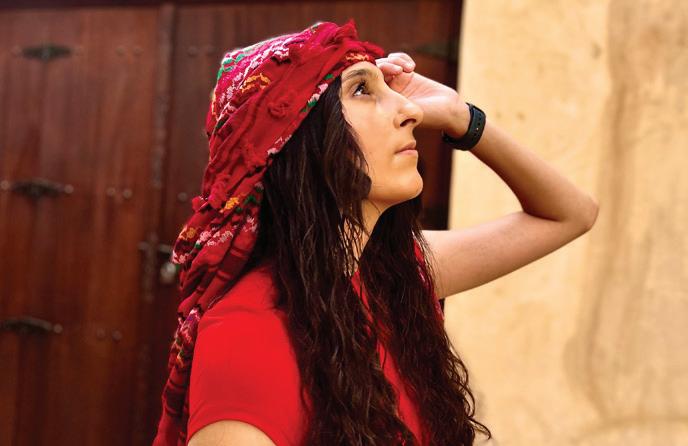


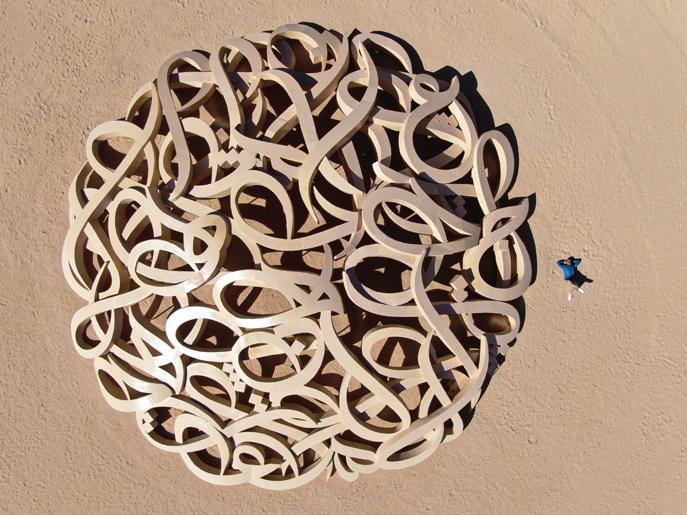
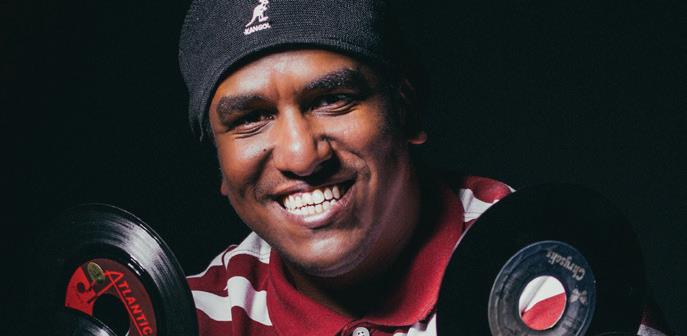


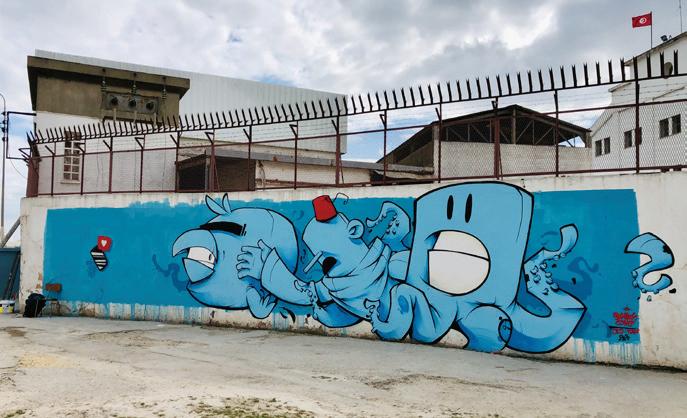


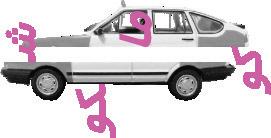
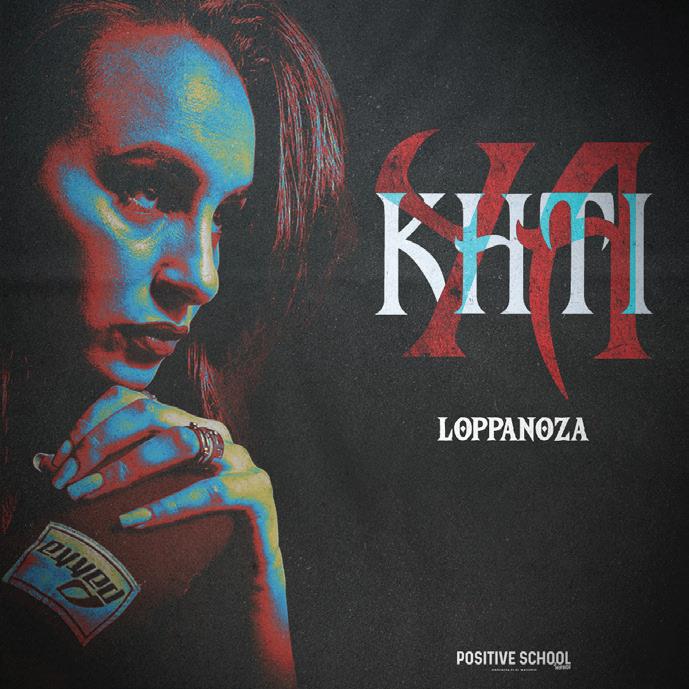

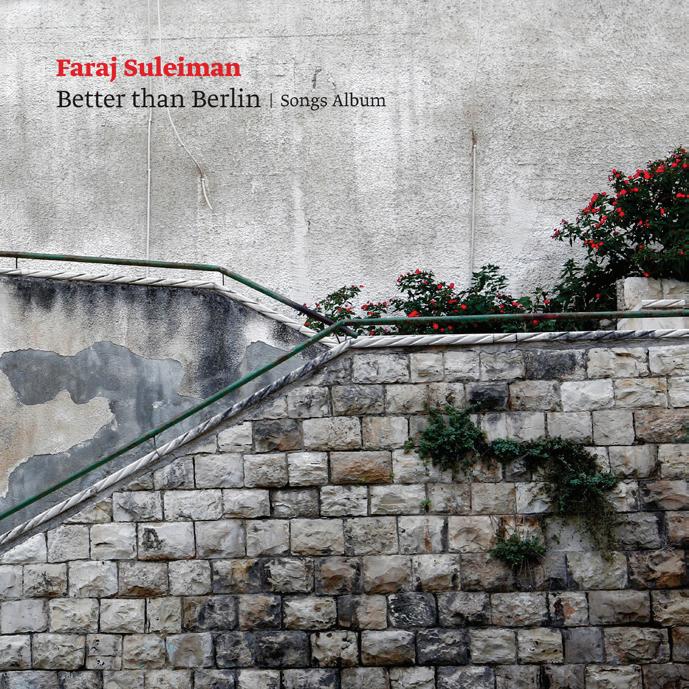
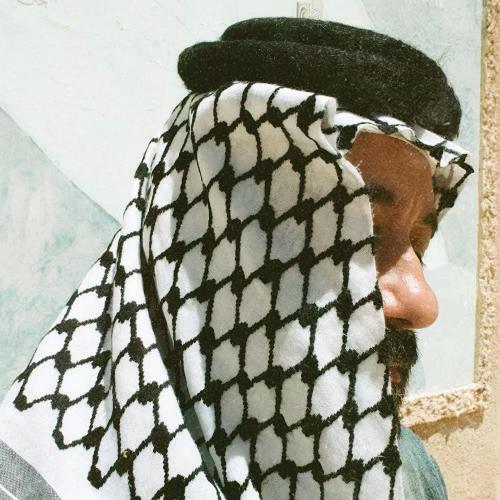
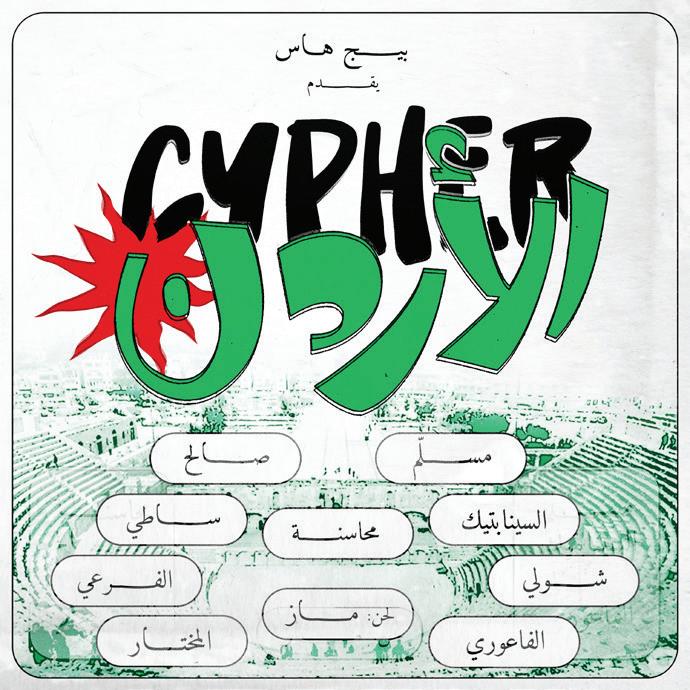


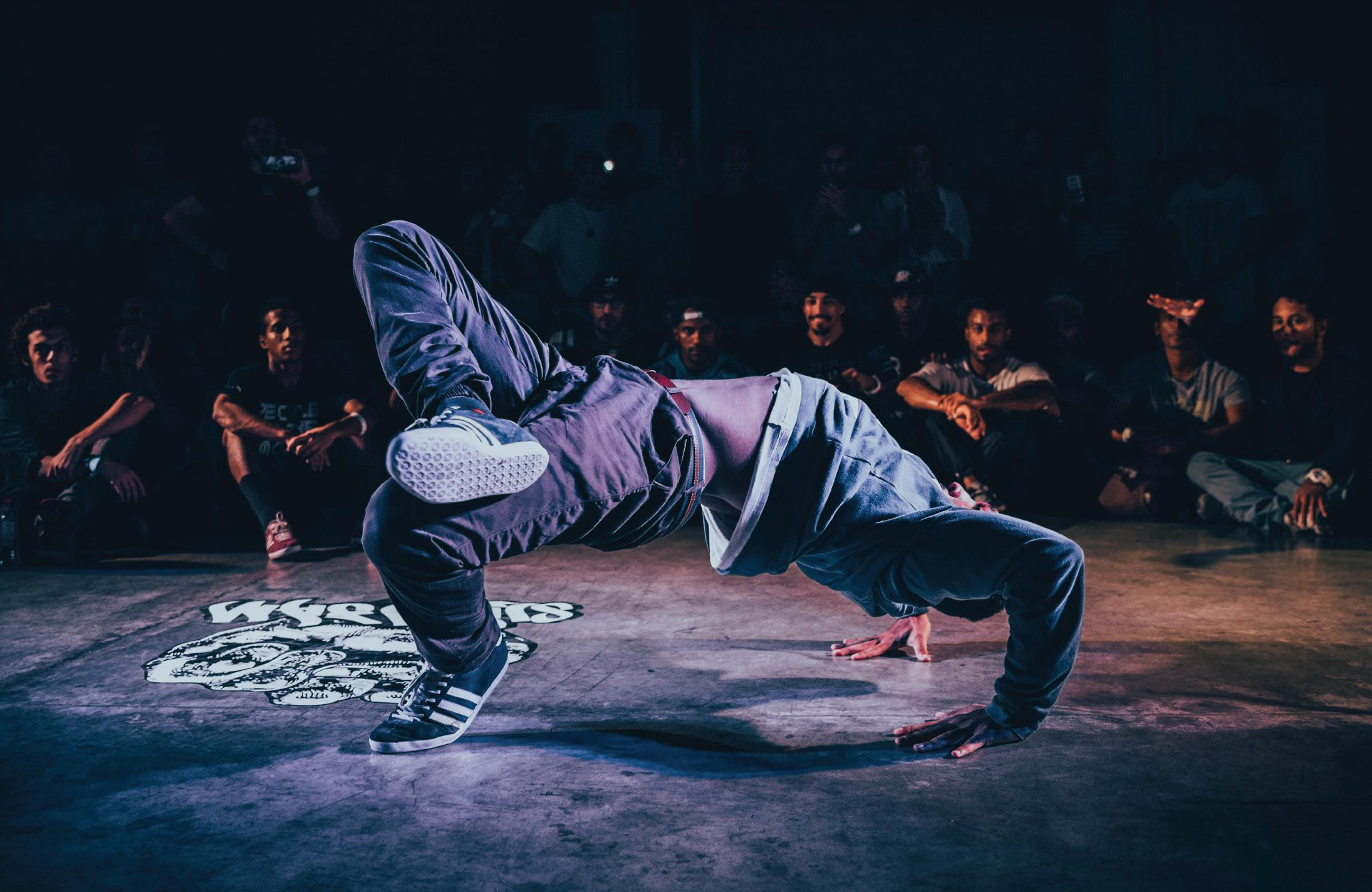


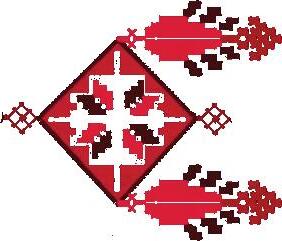





 Design by Qasim Arif aka @illmco
Design by Qasim Arif aka @illmco































 Photography by Wael BAQER
Photography by Wael BAQER














